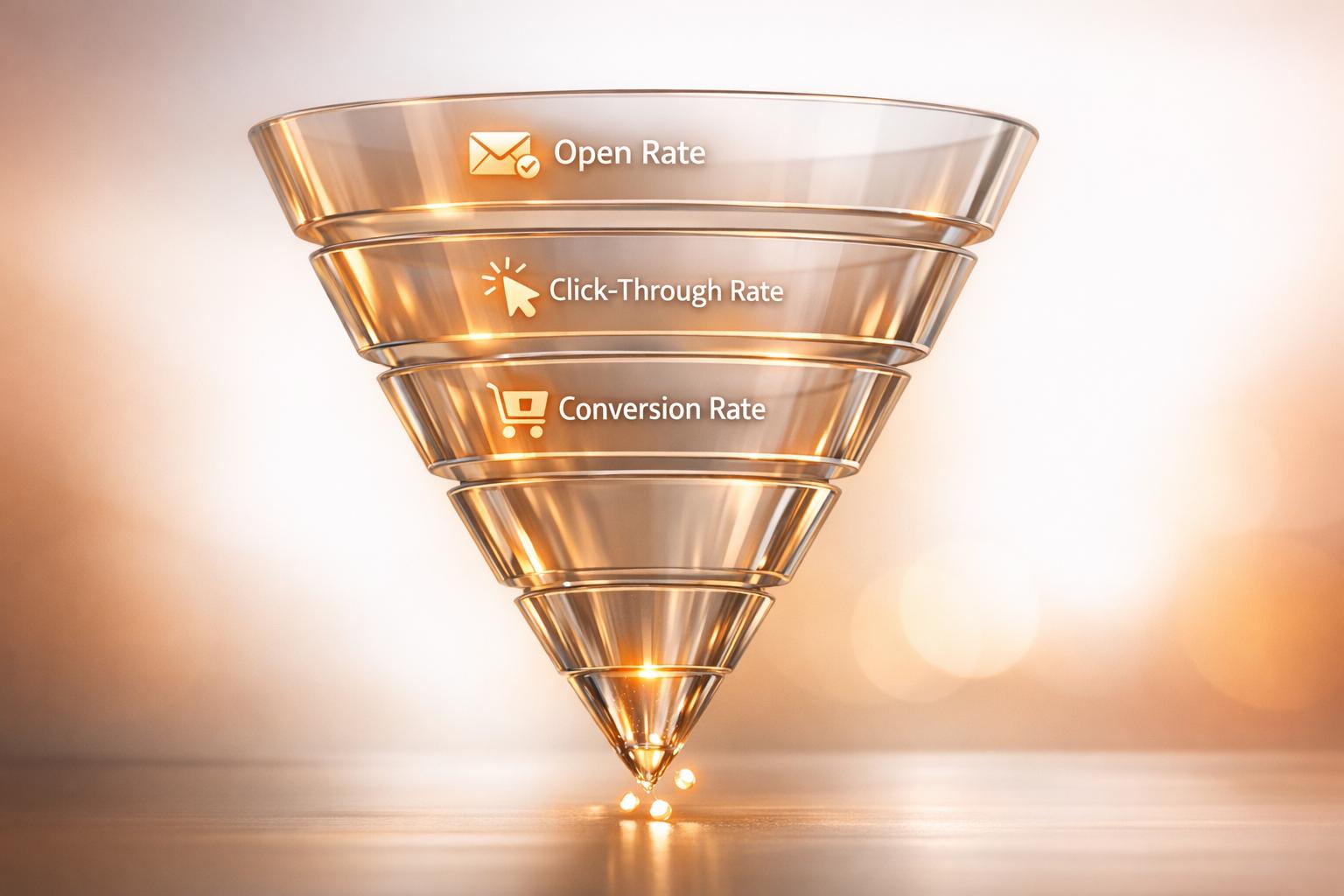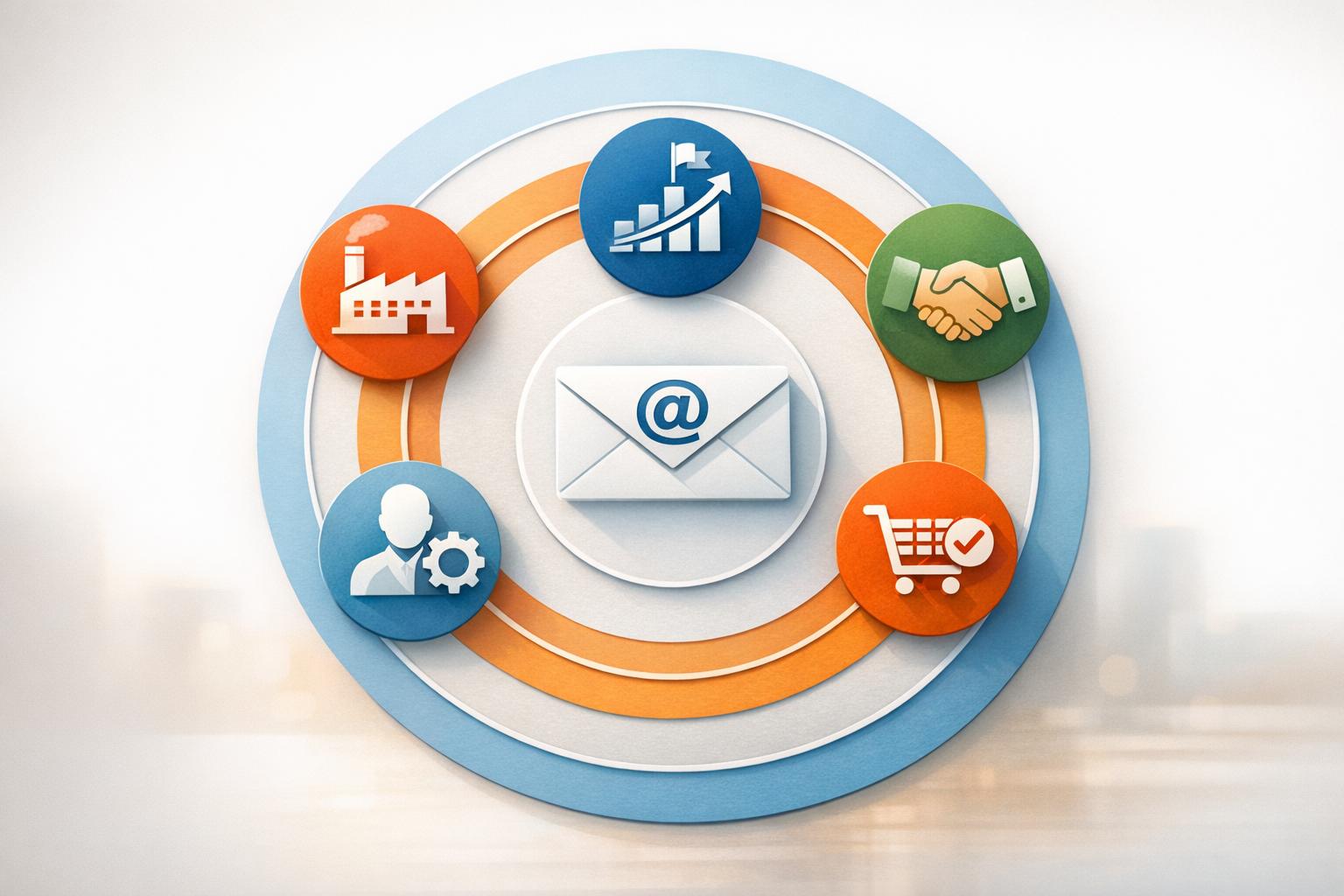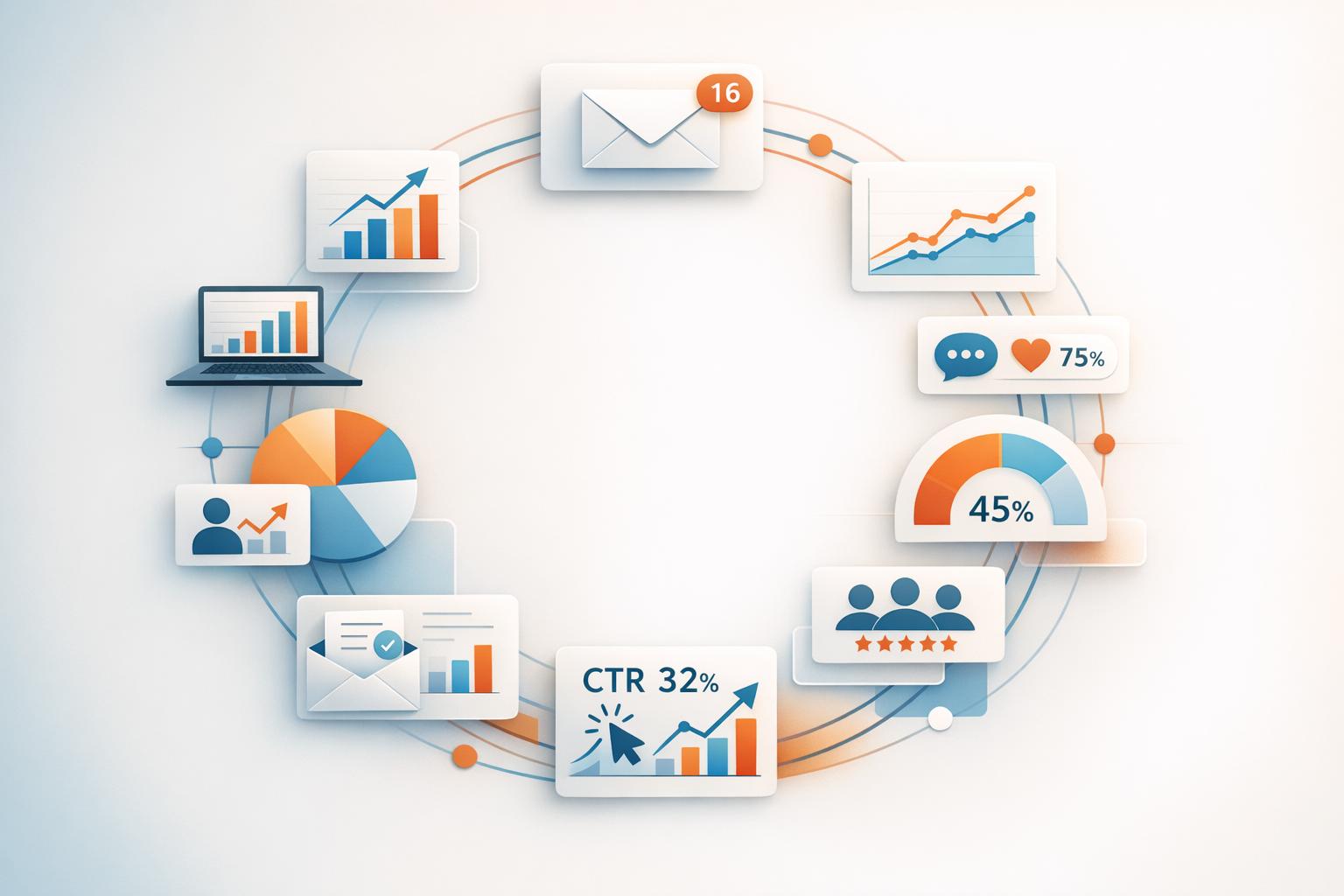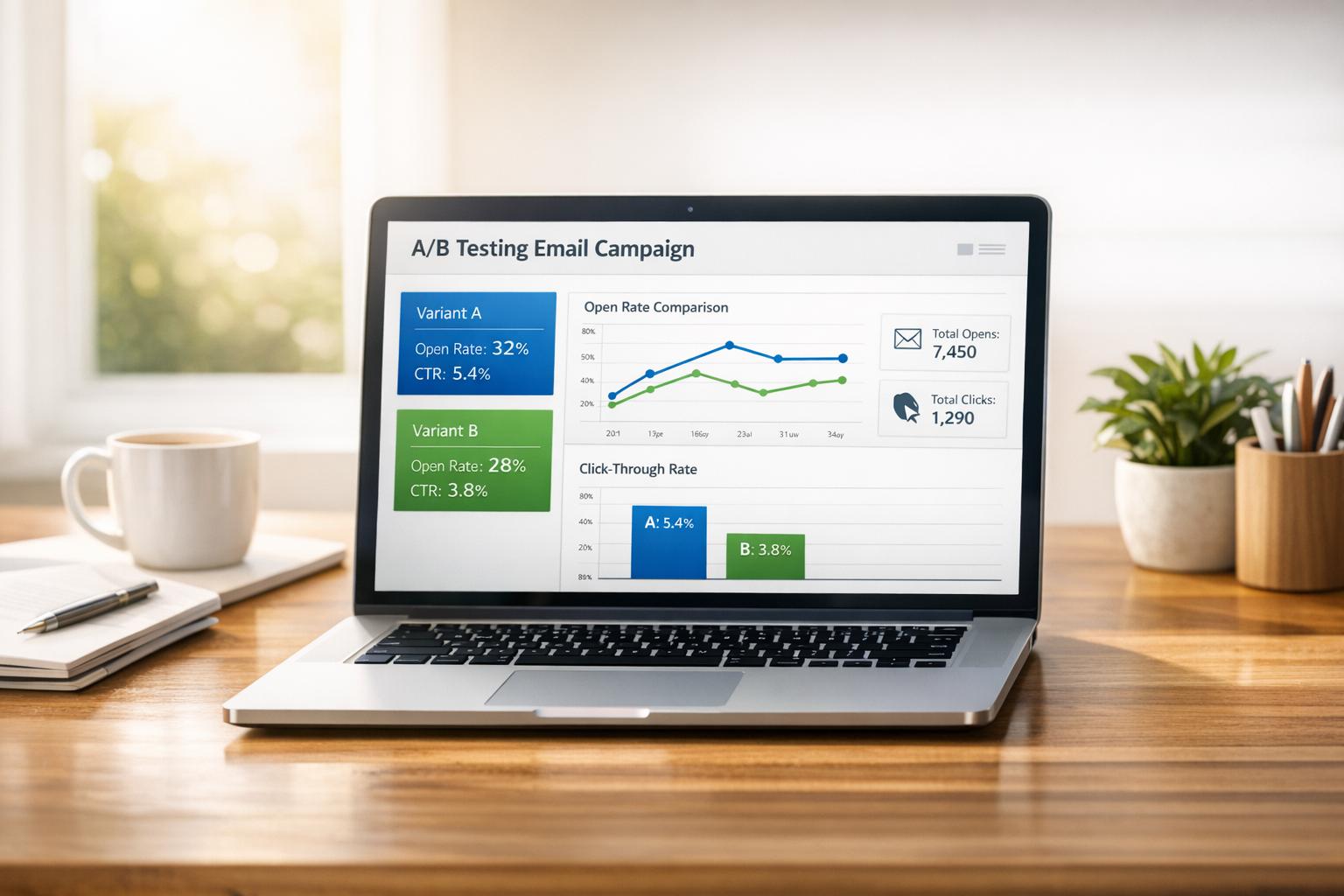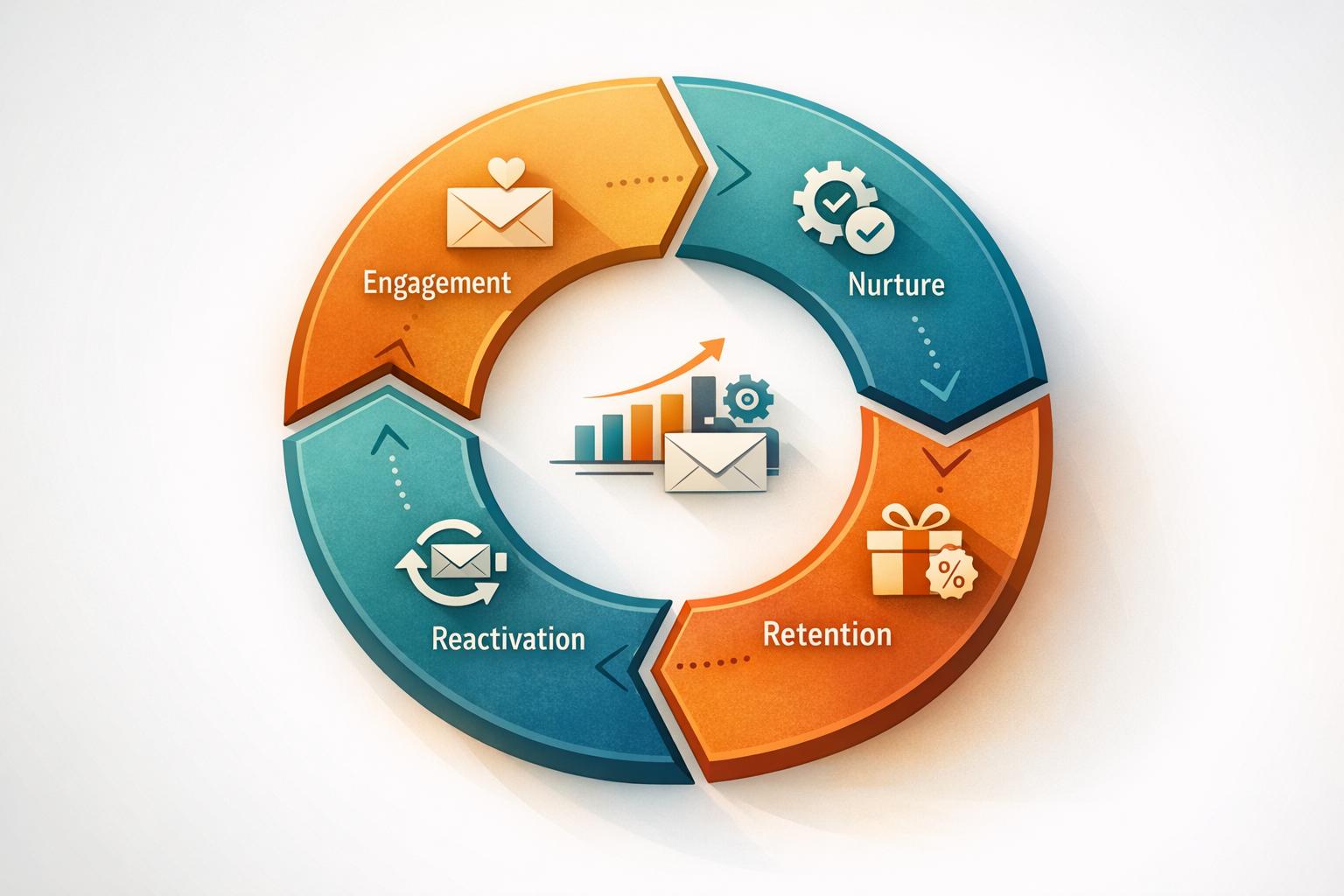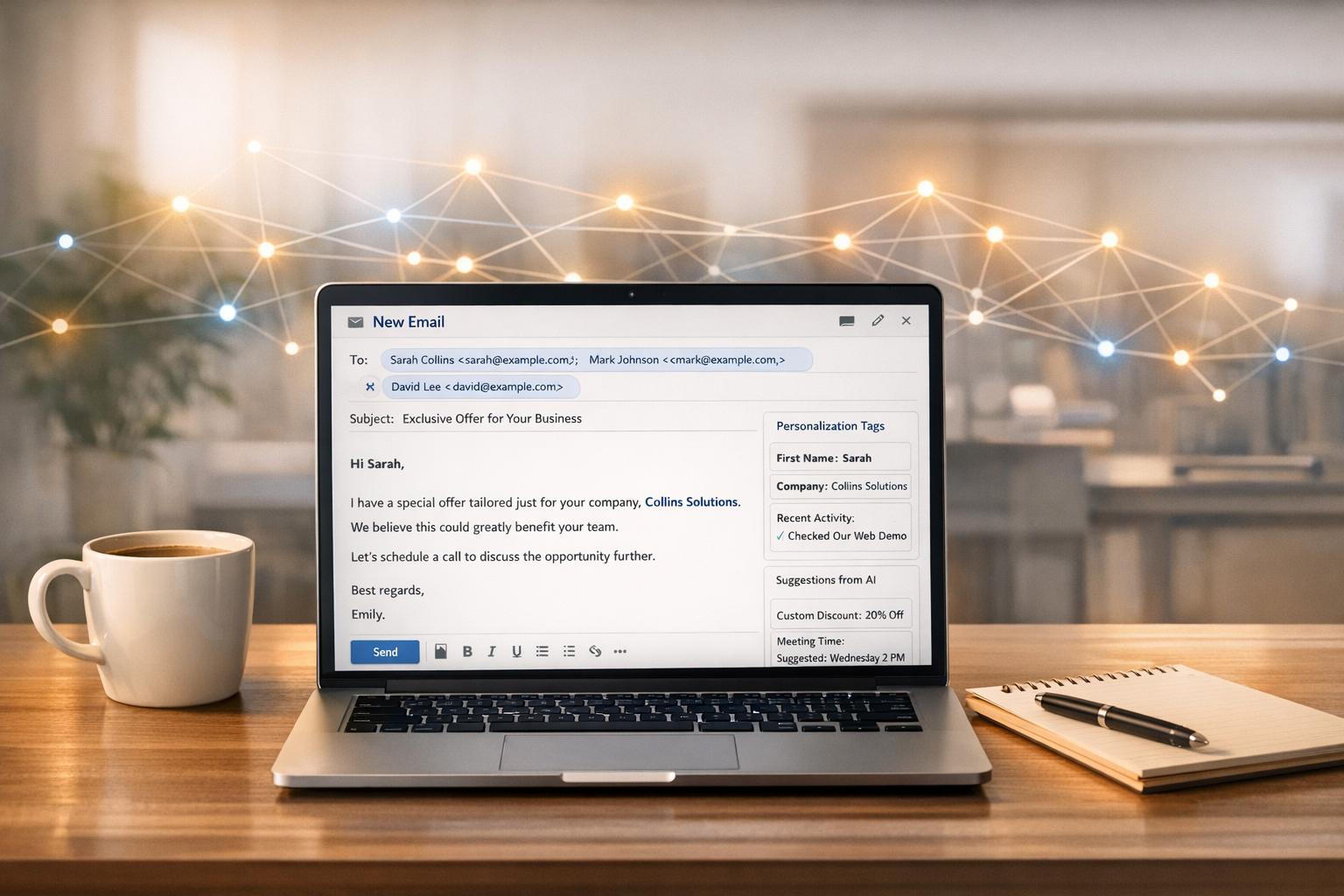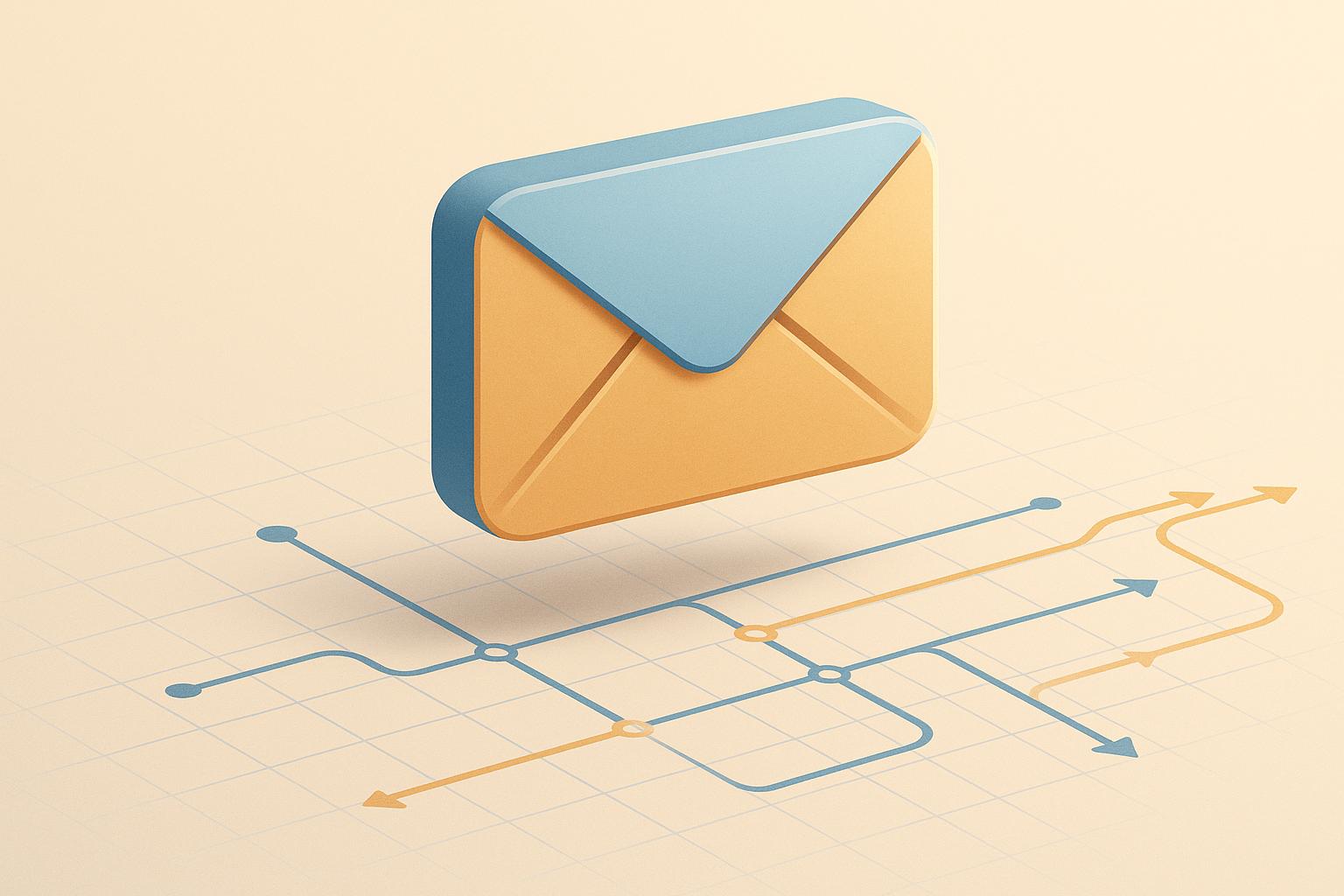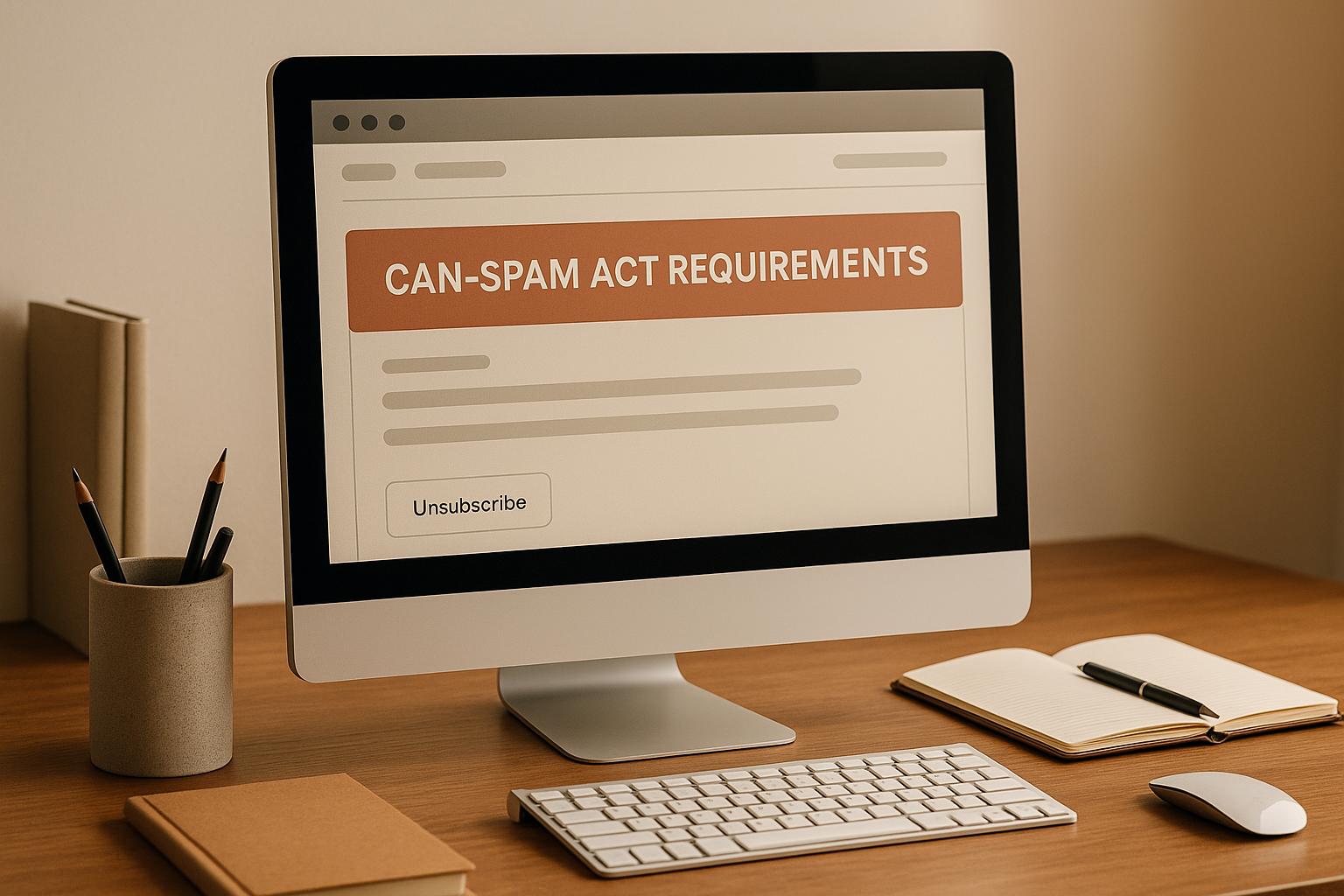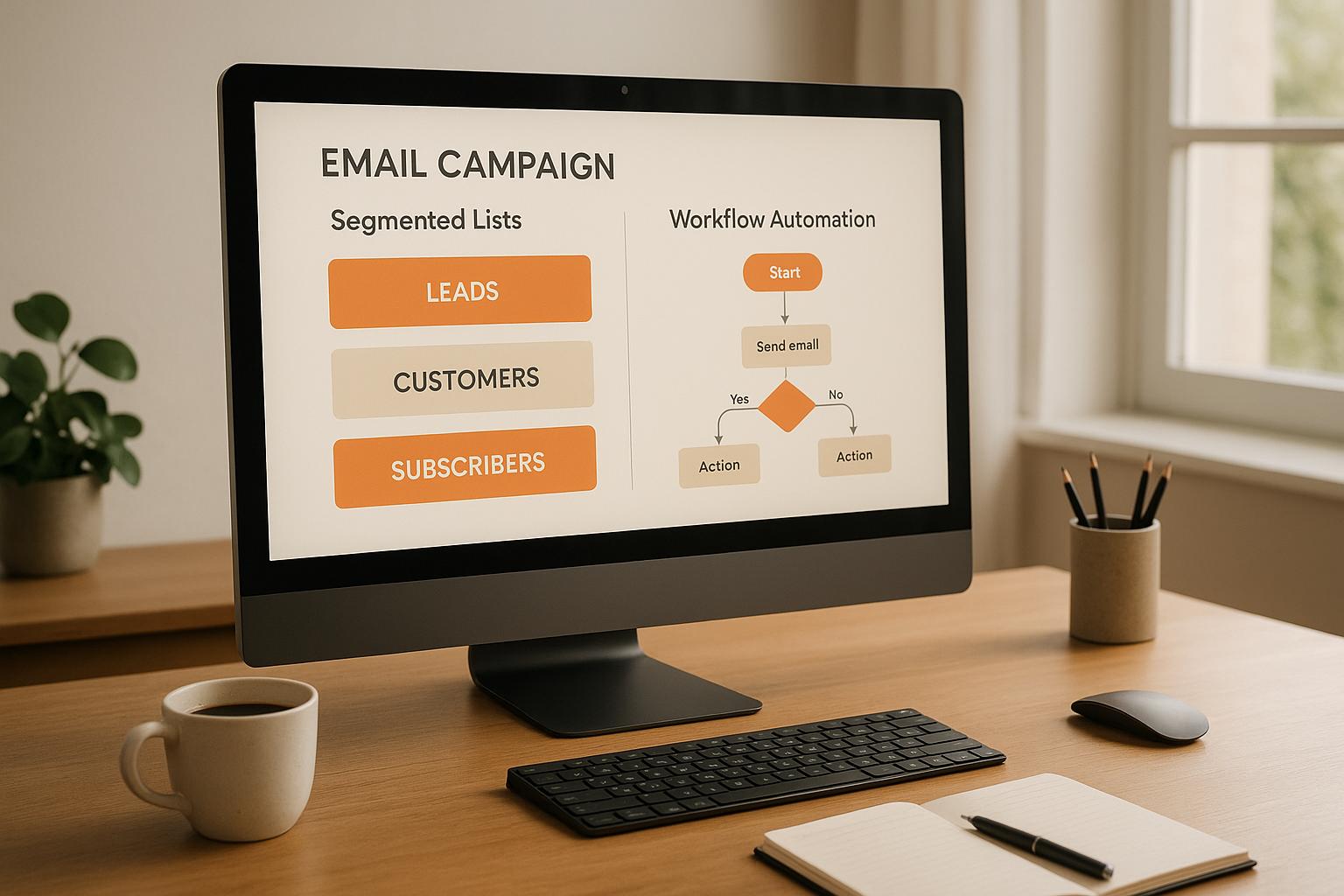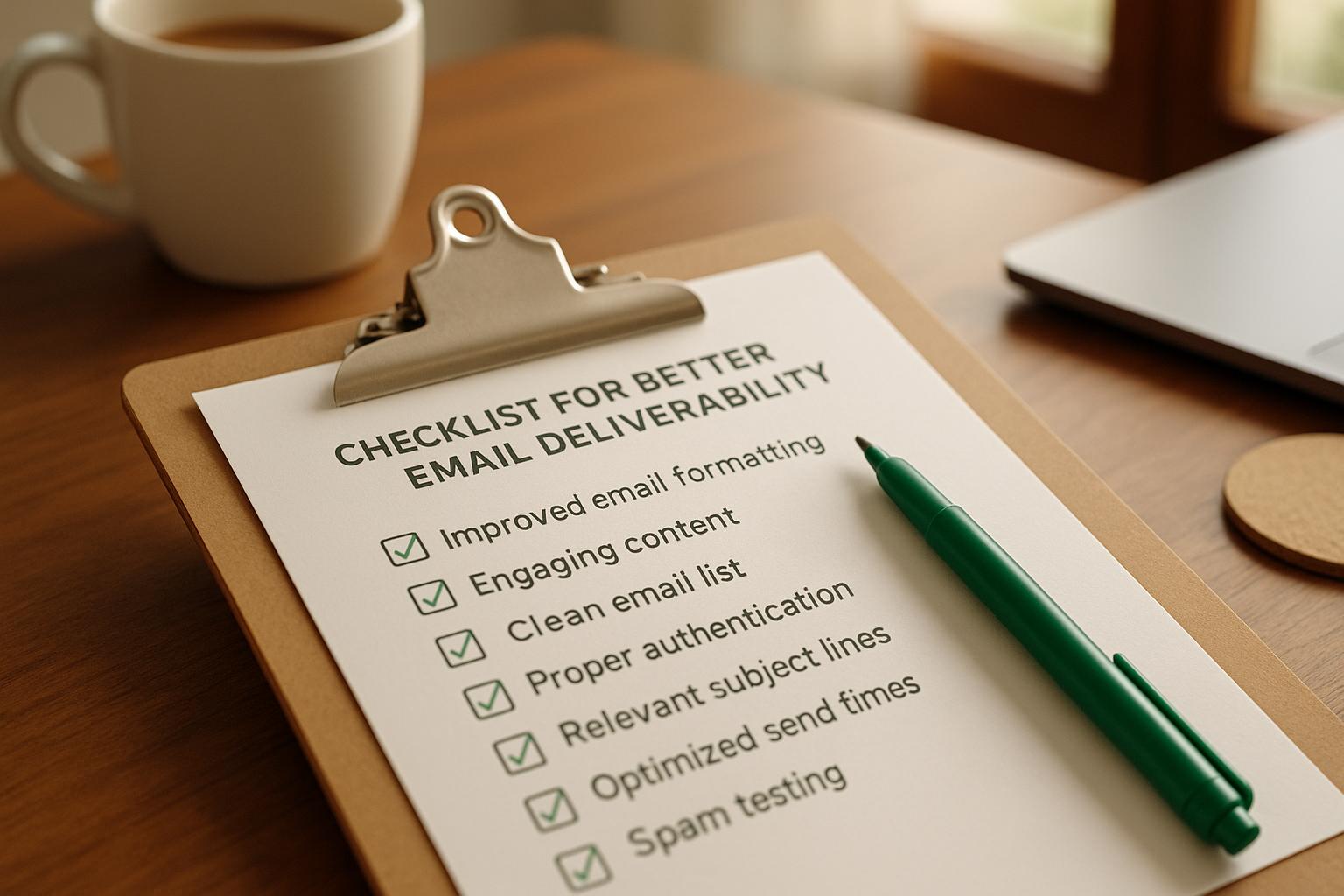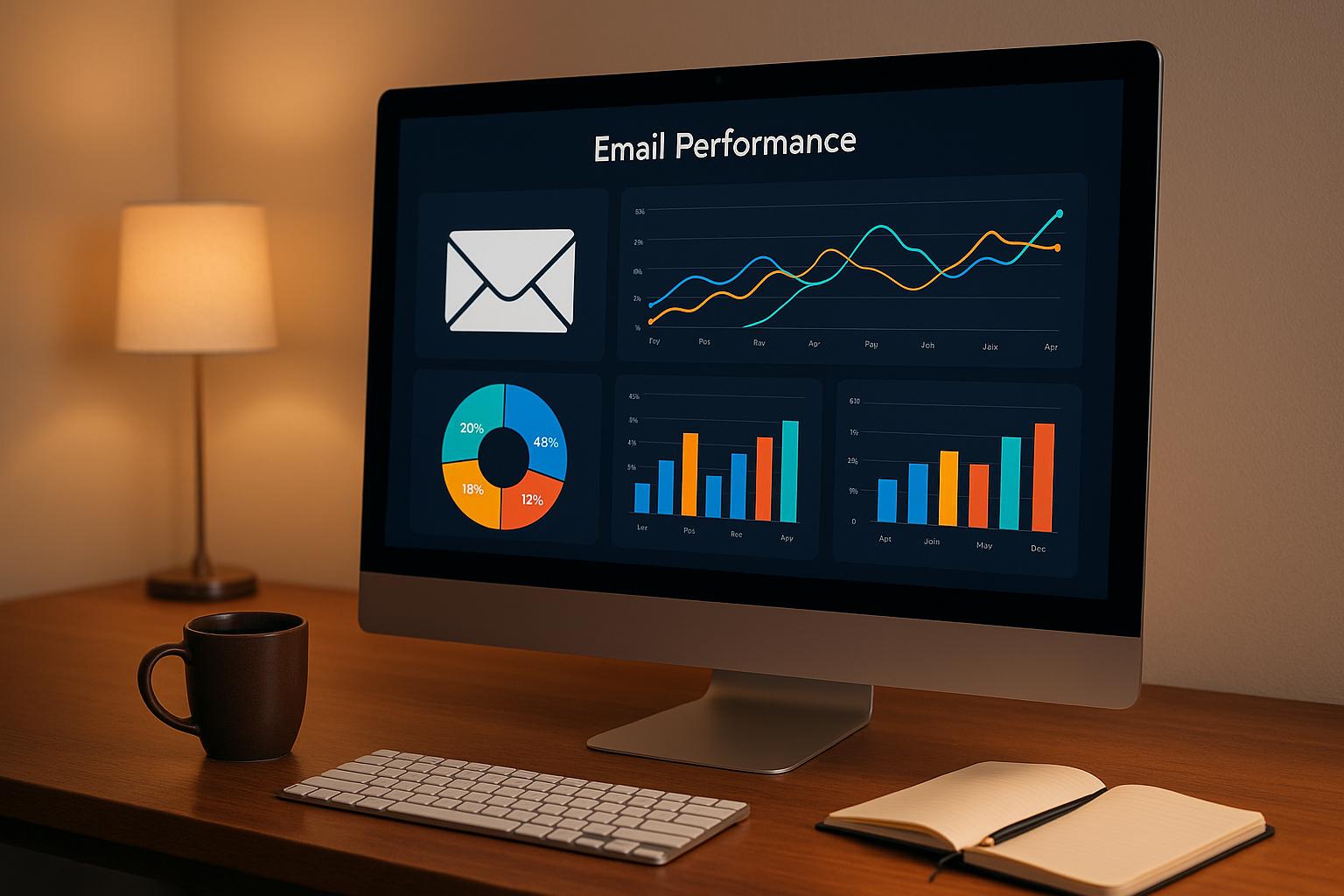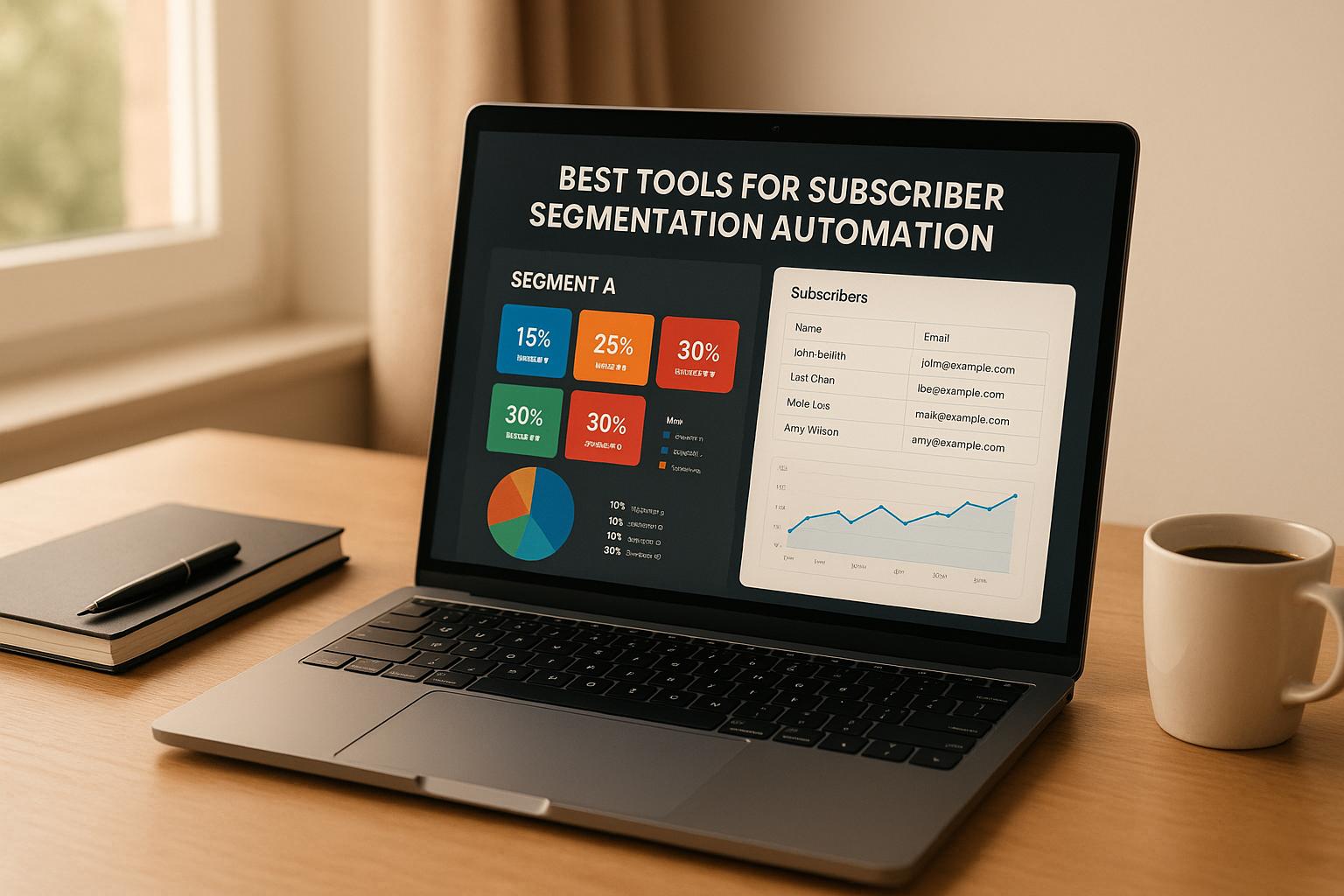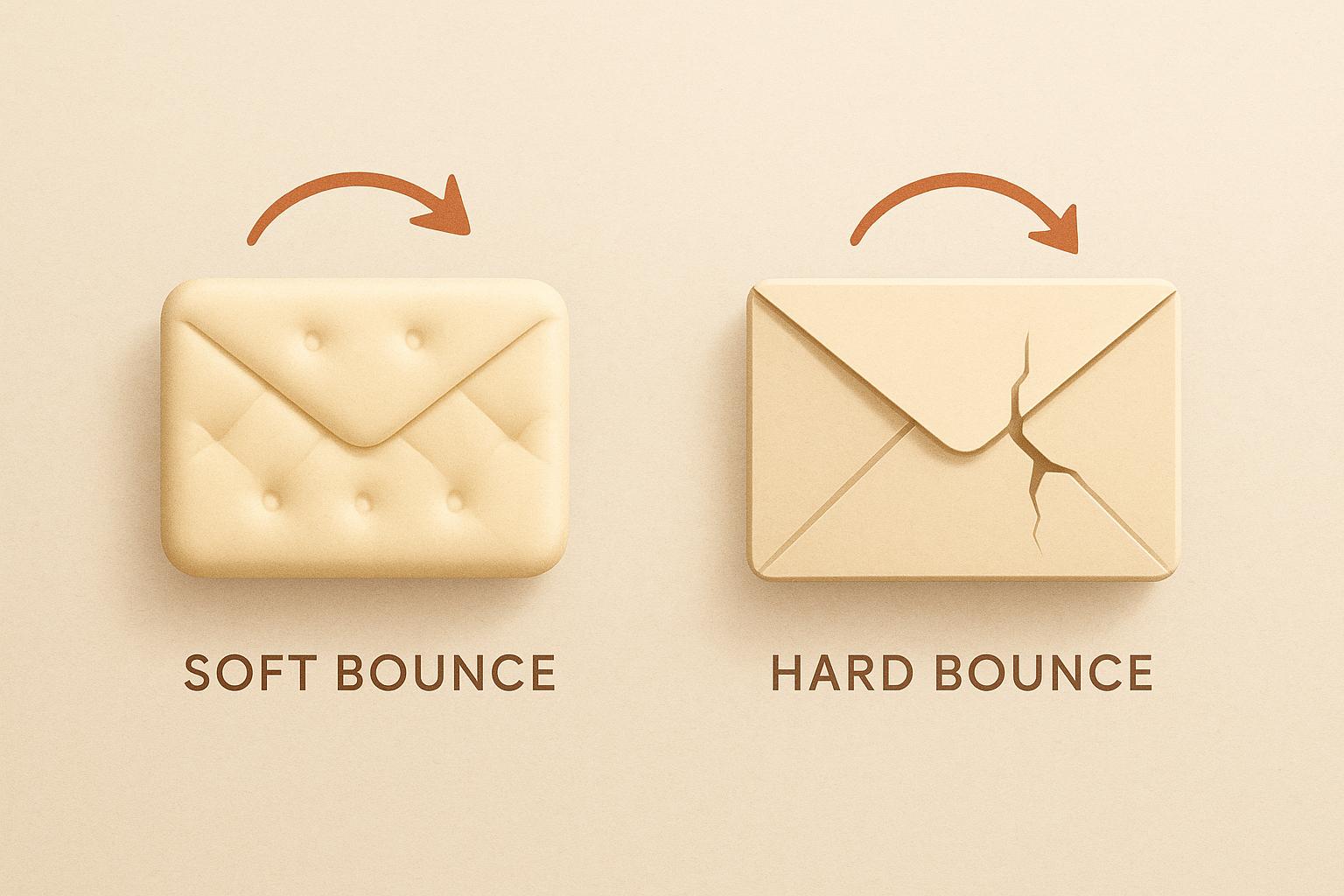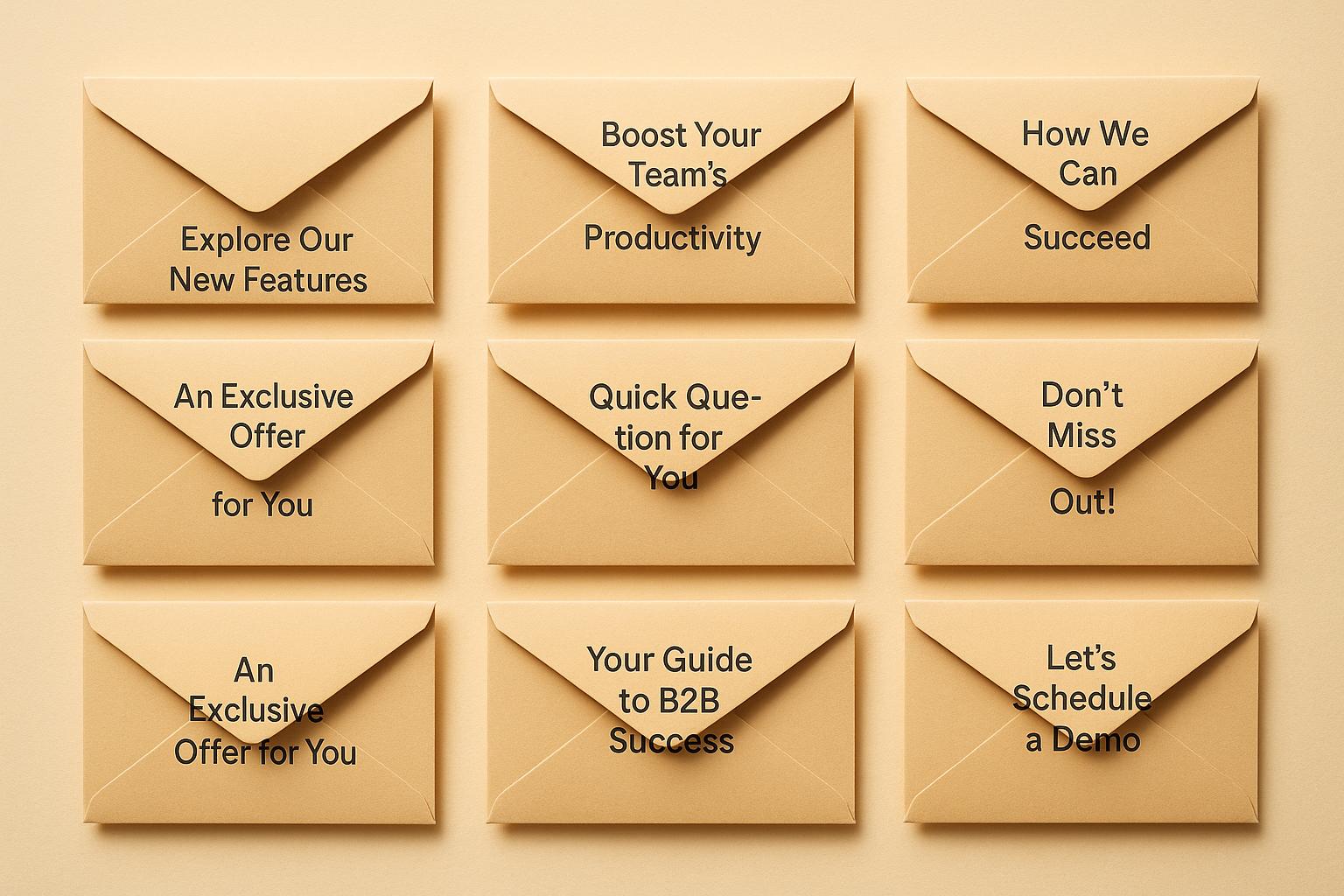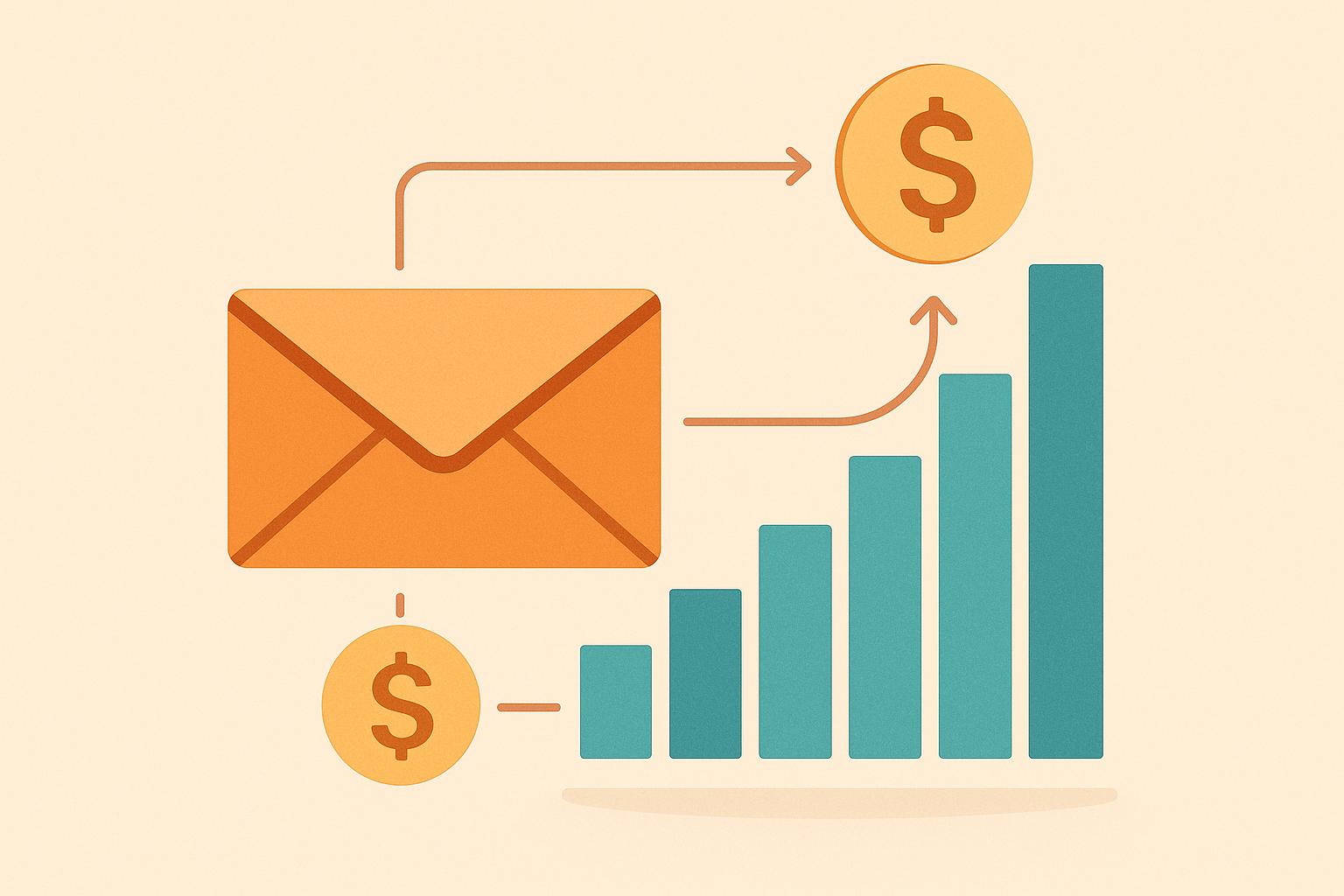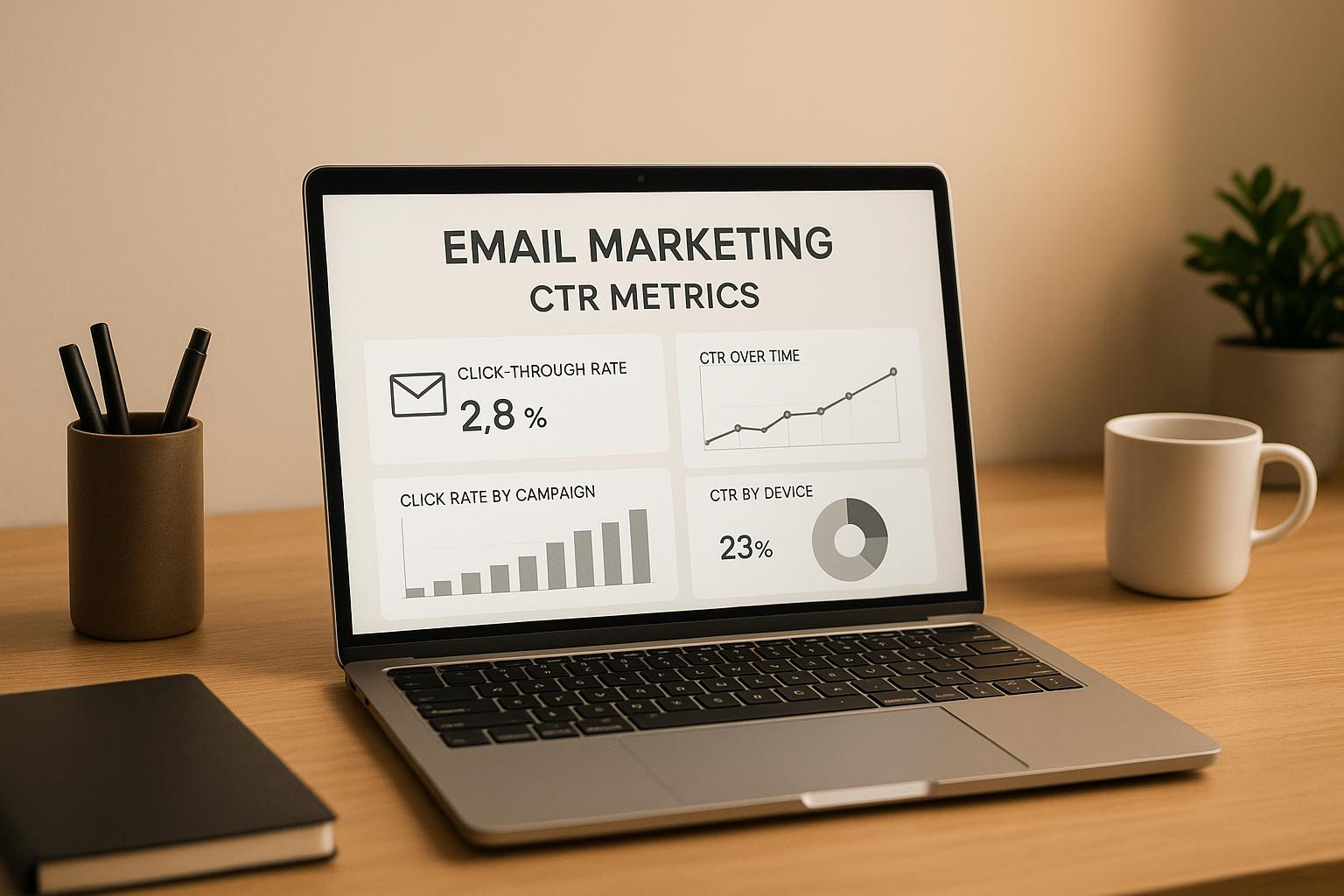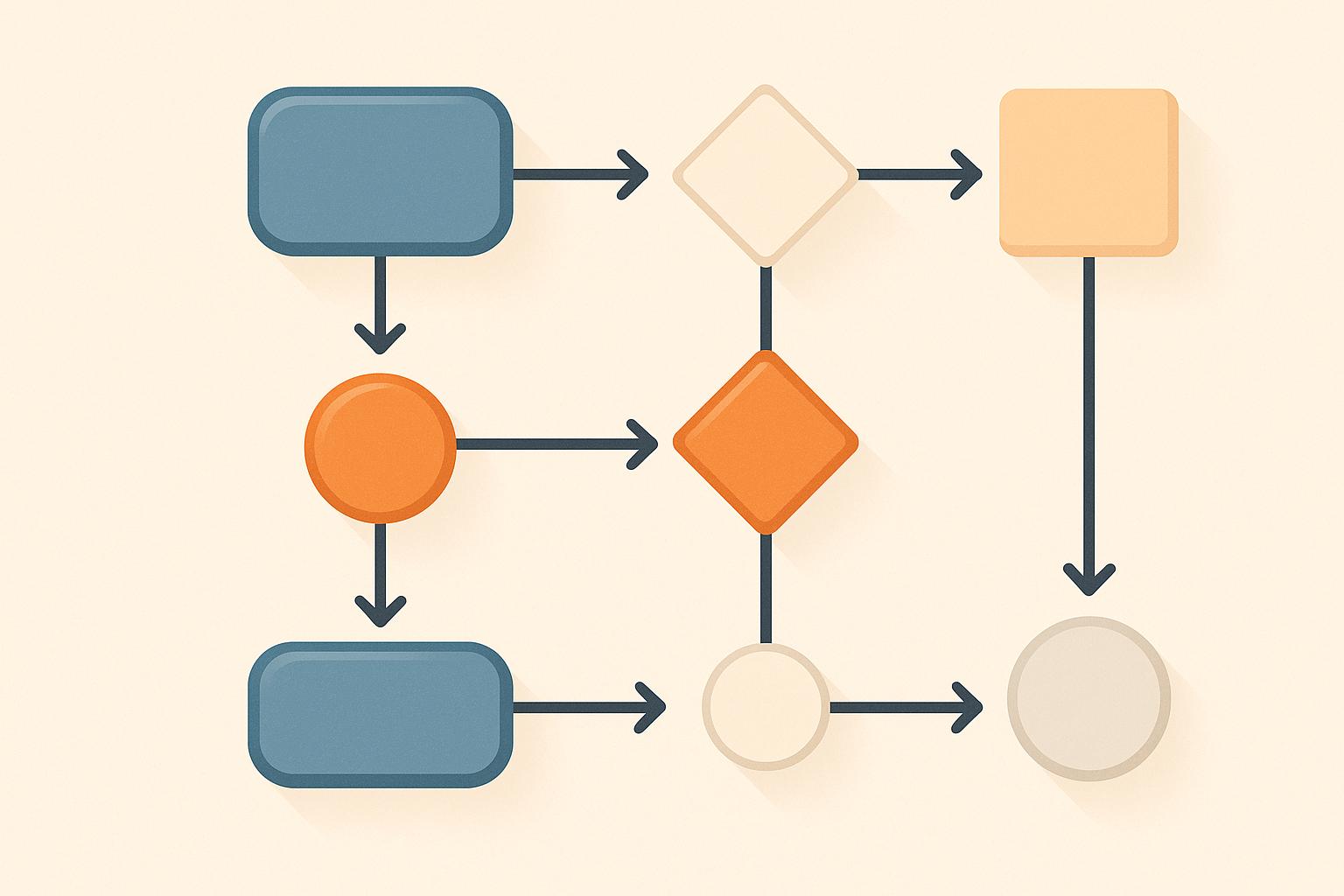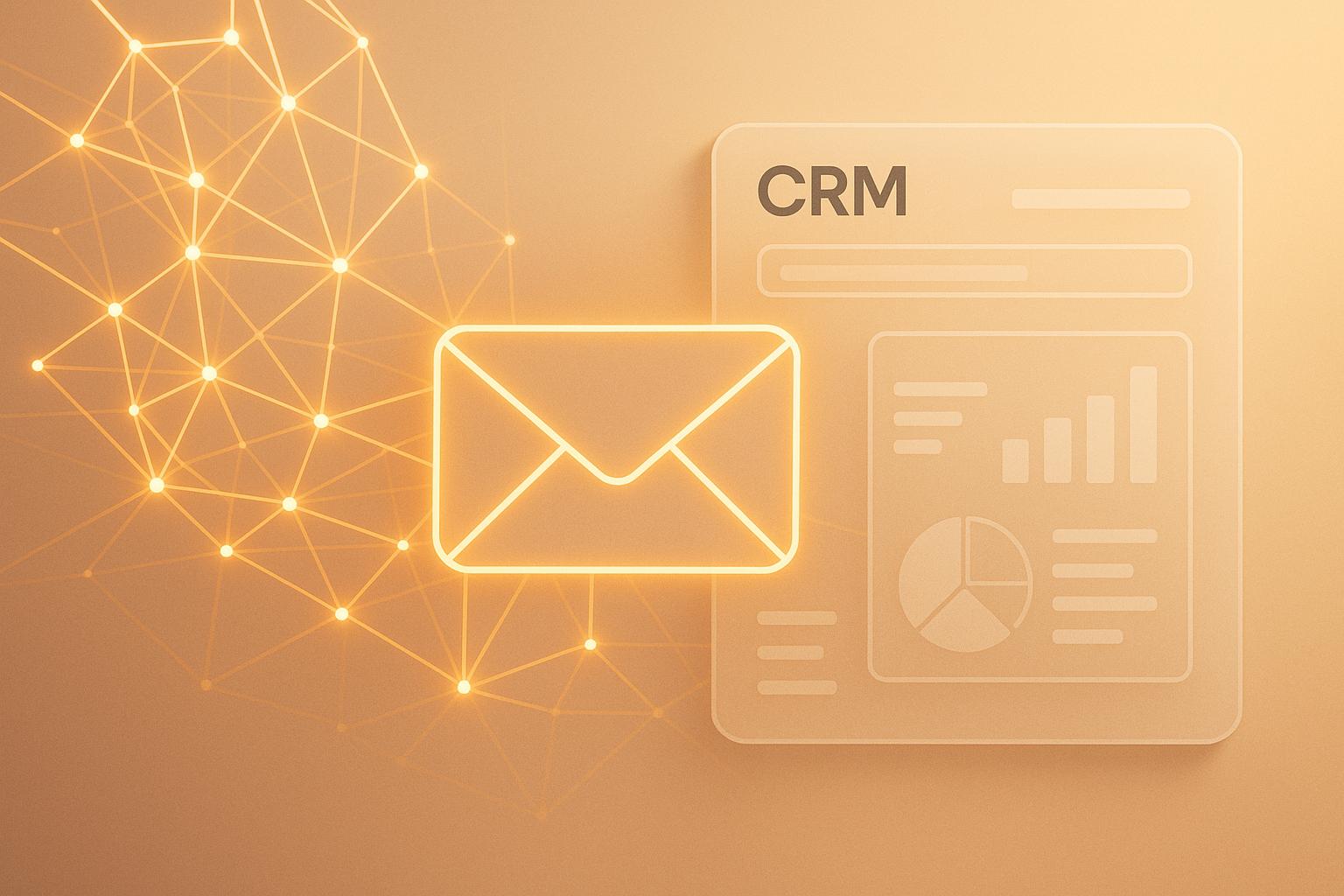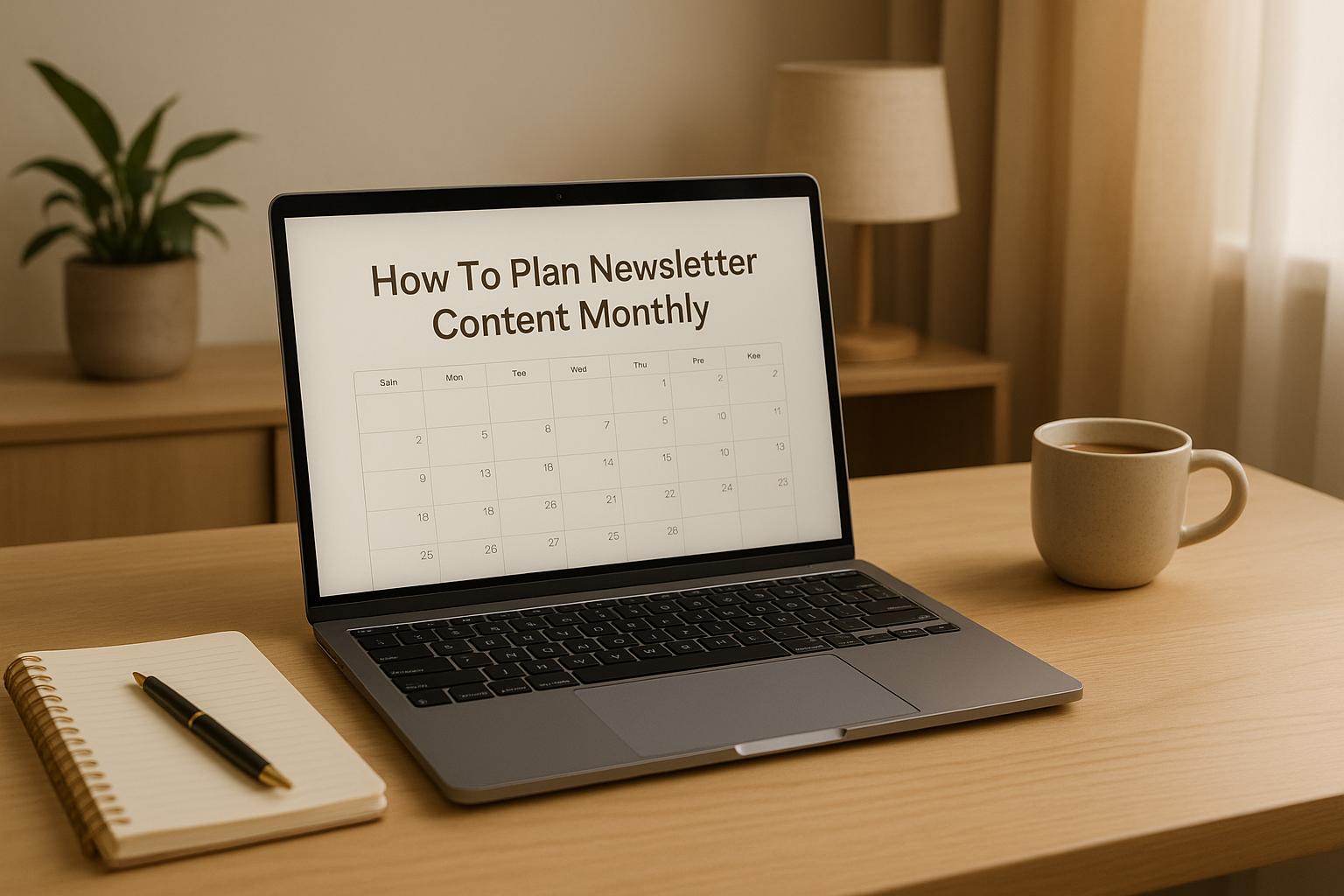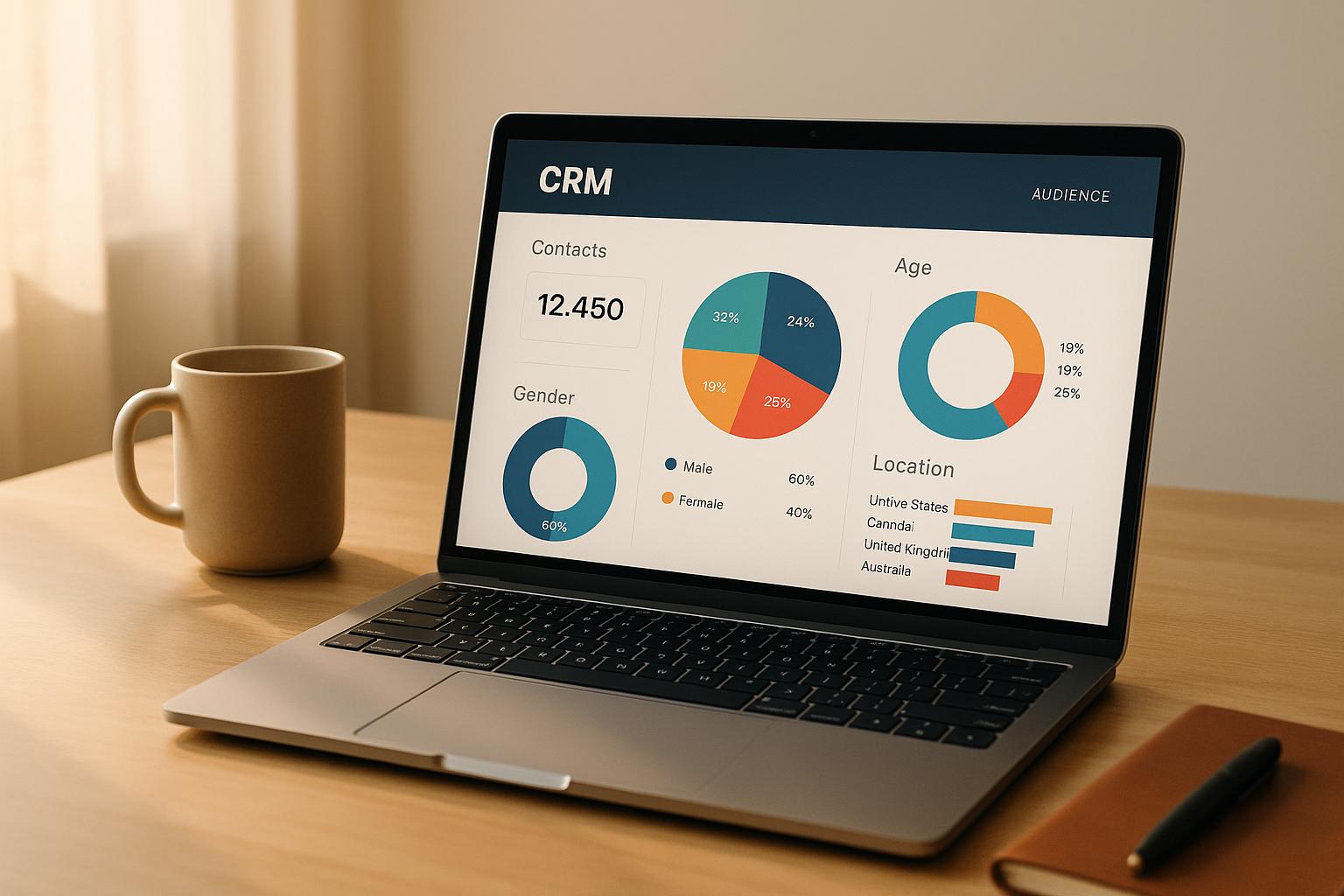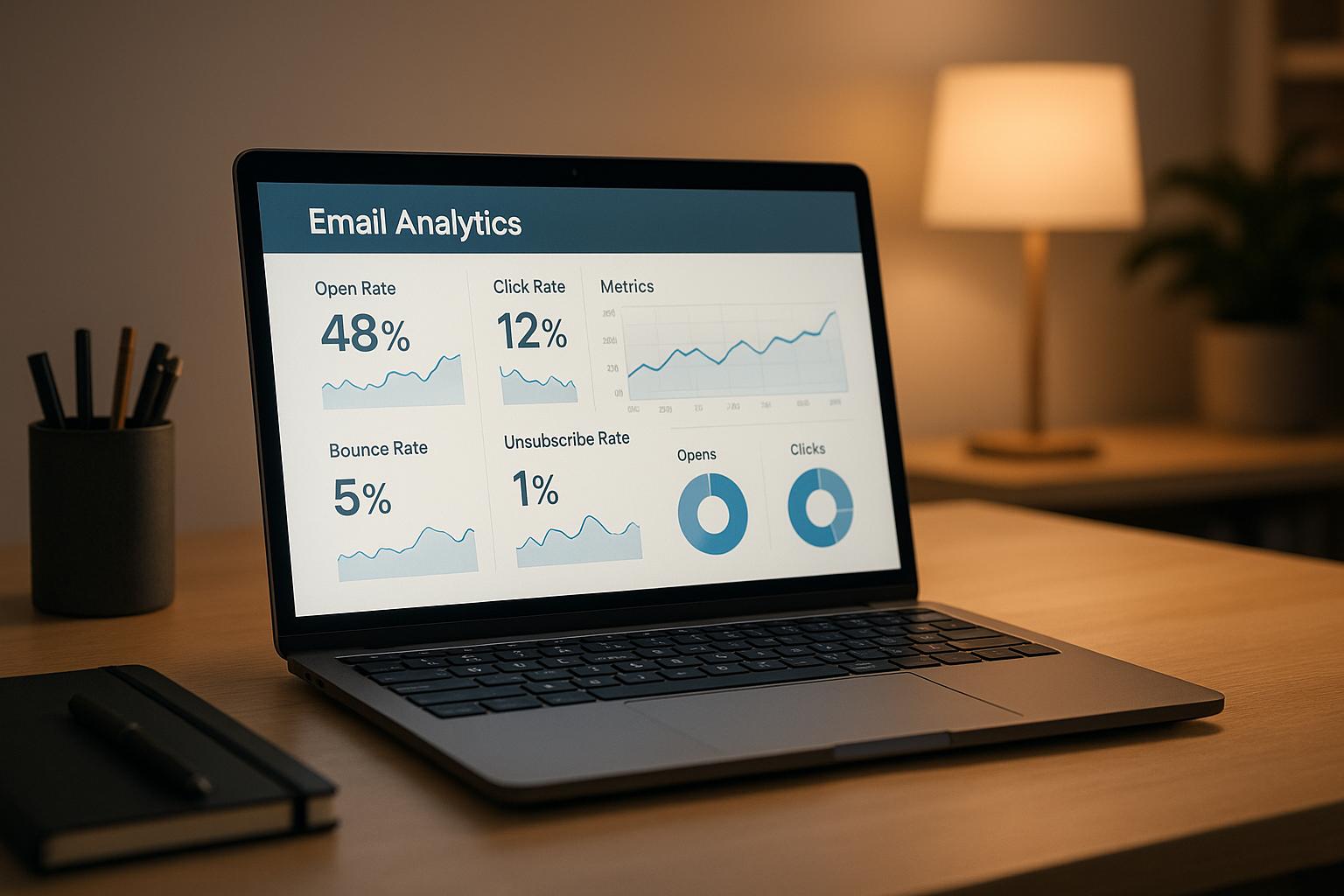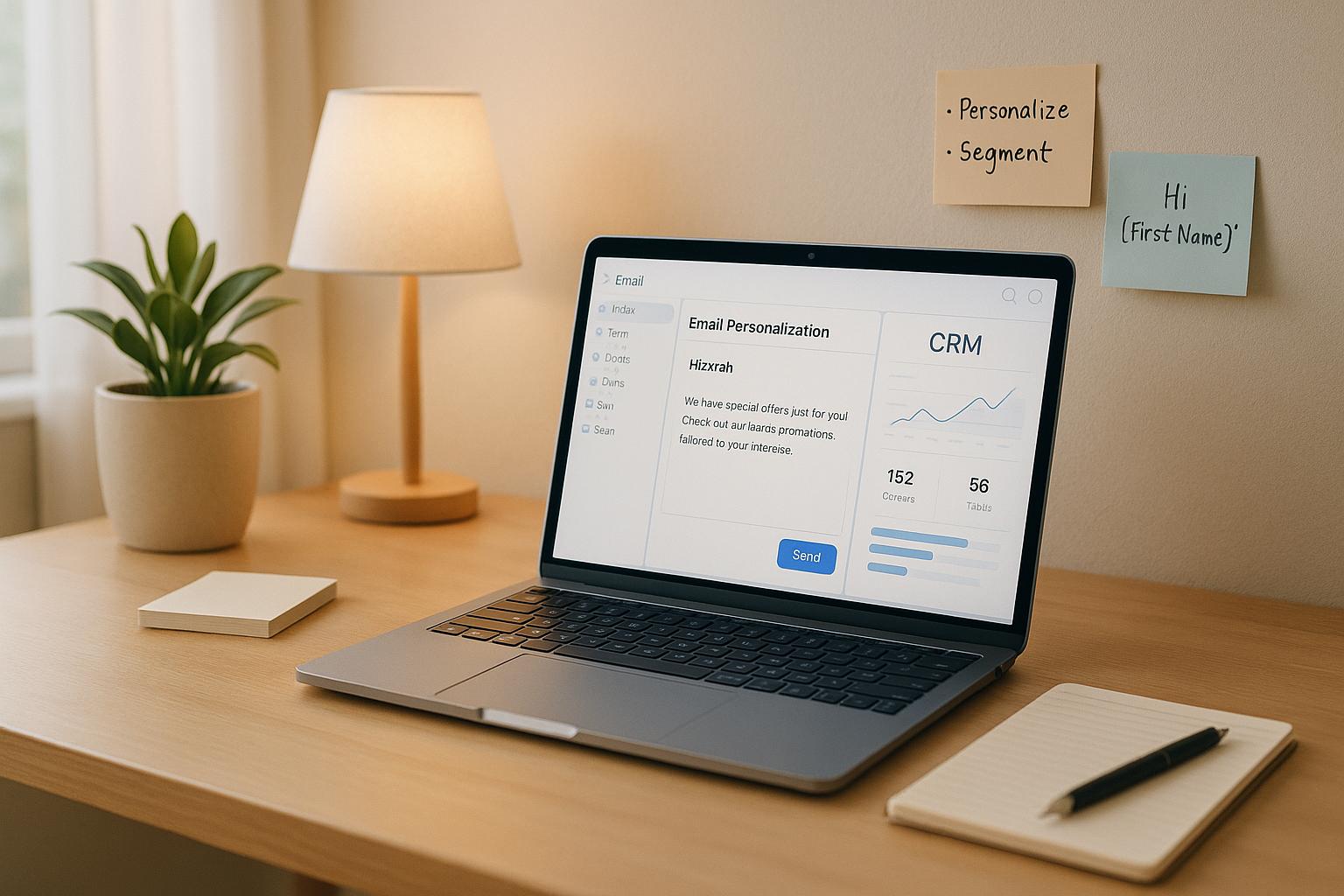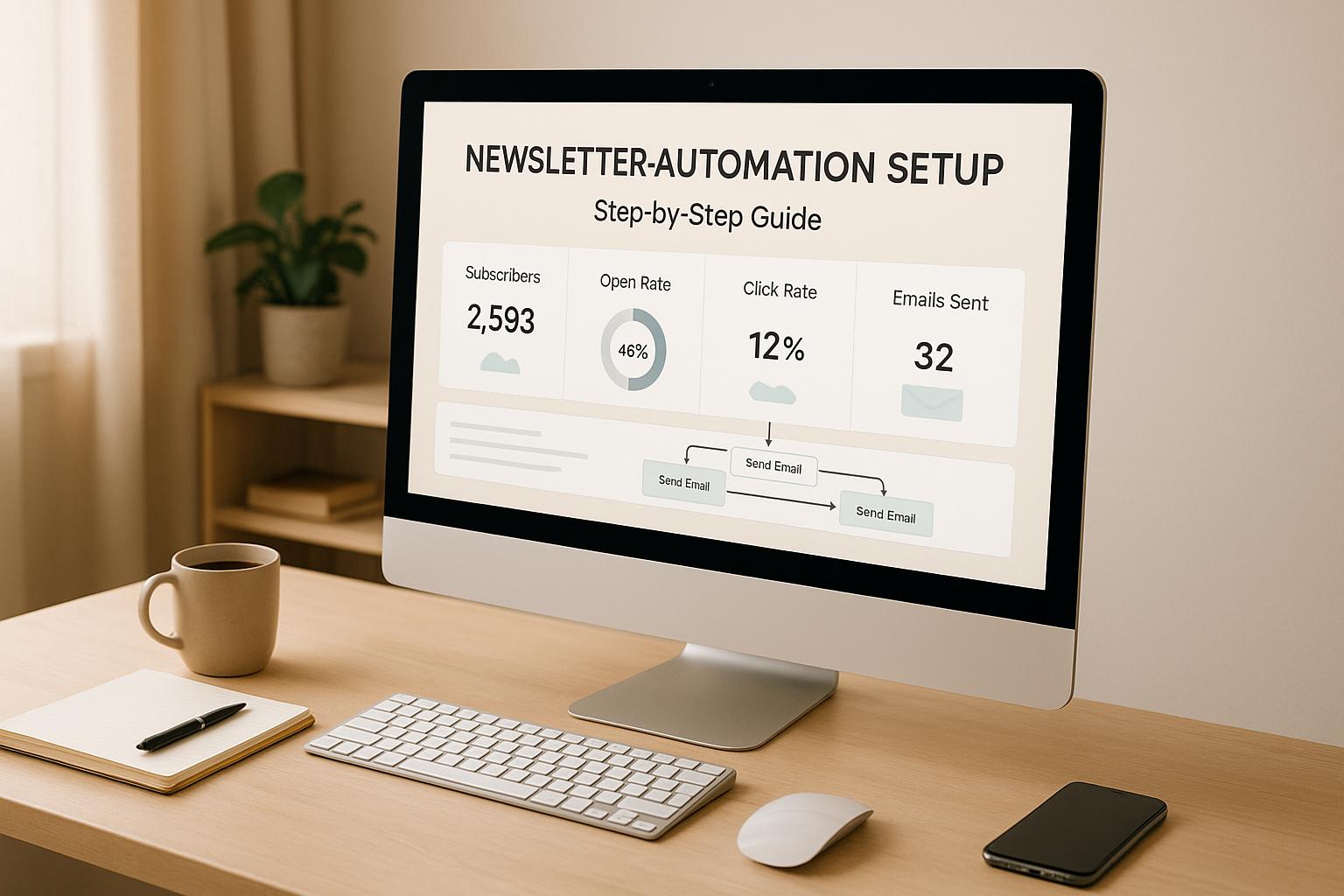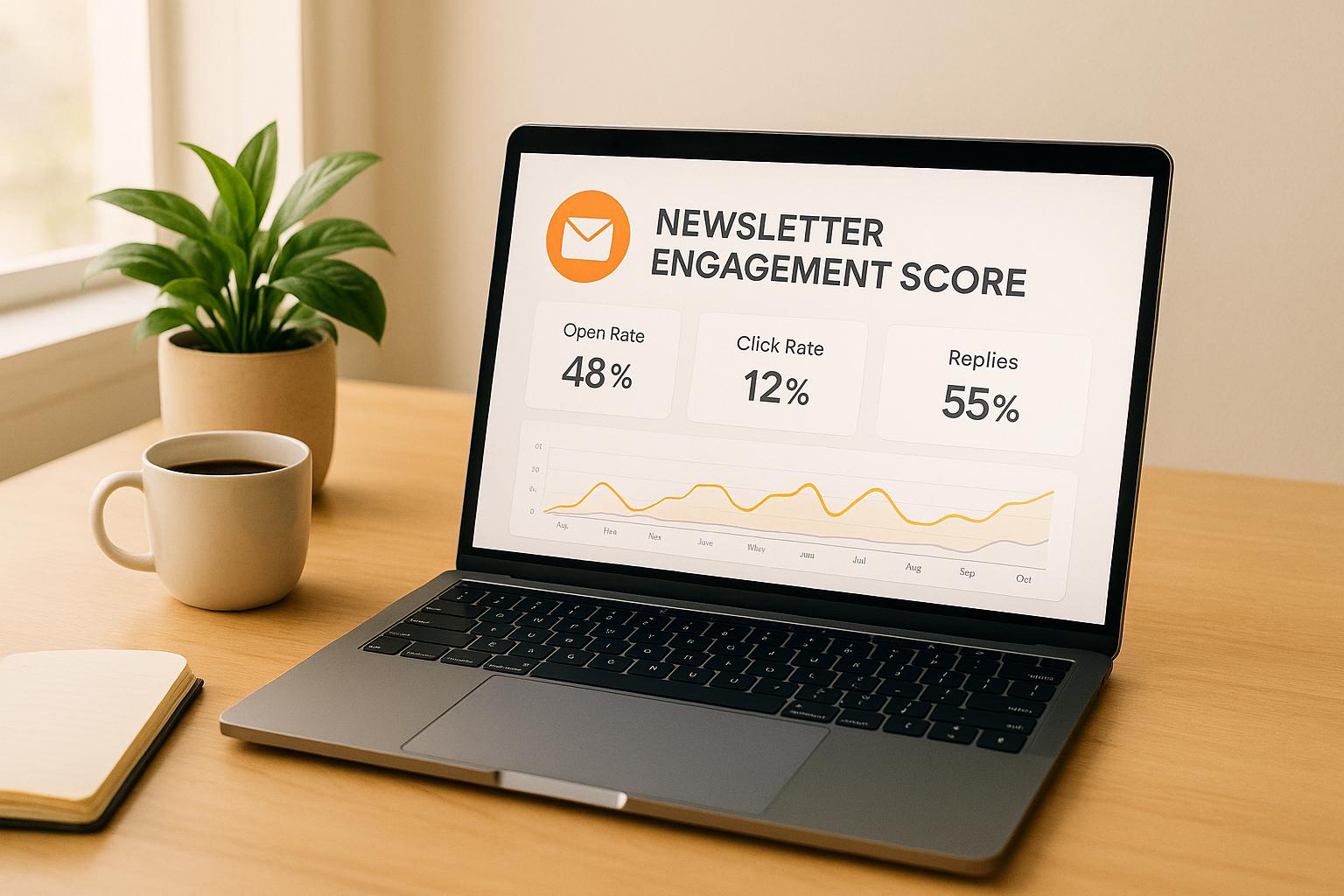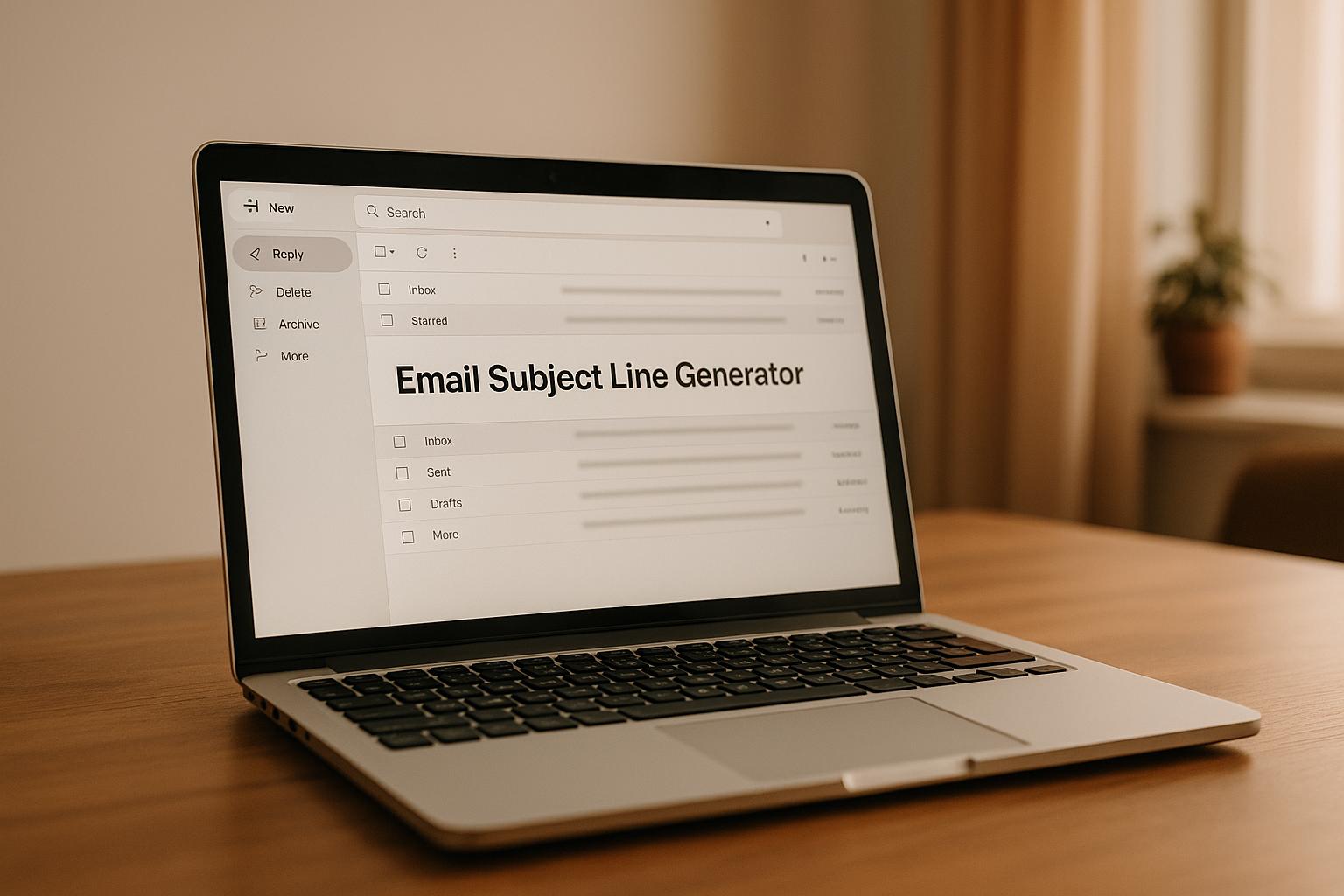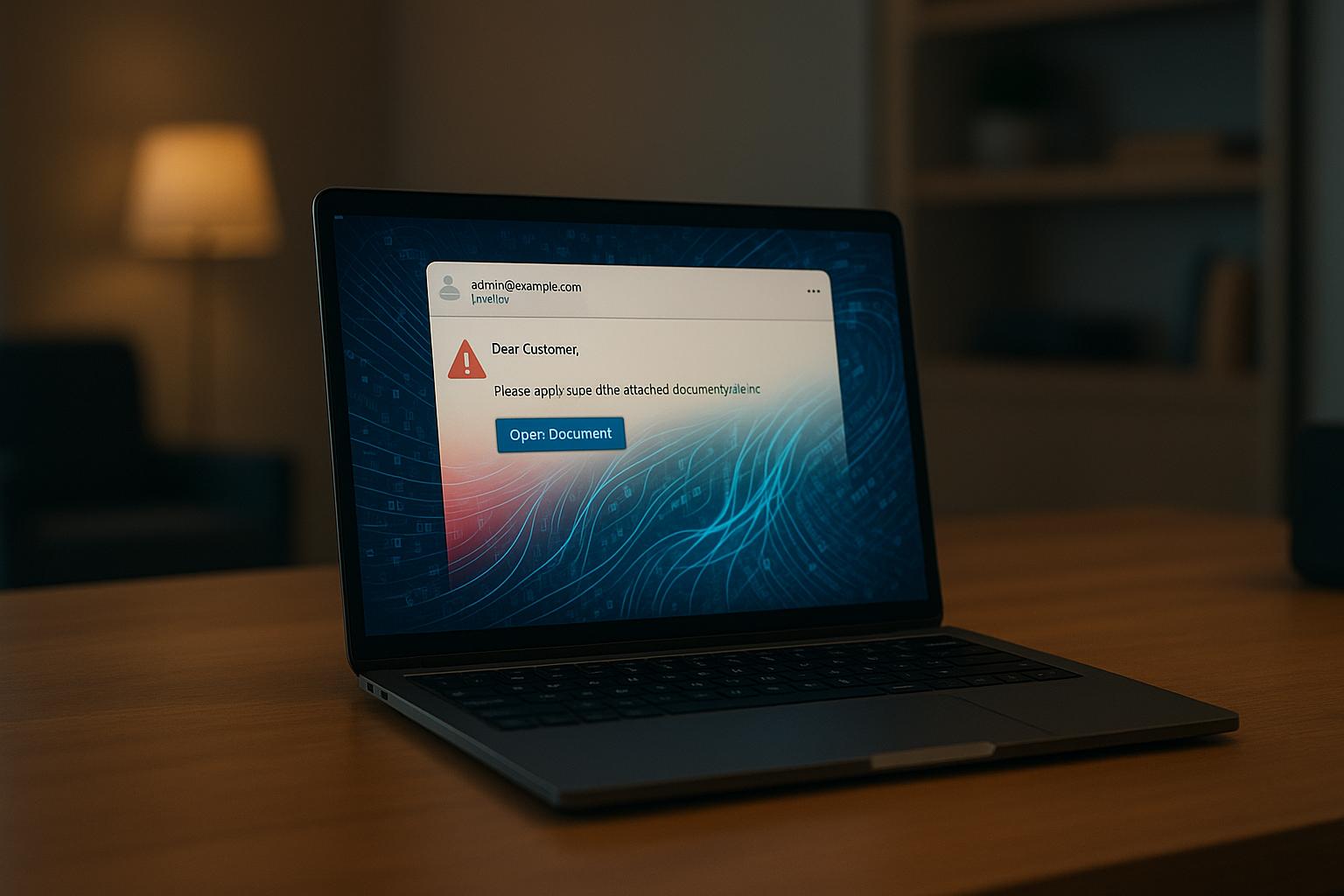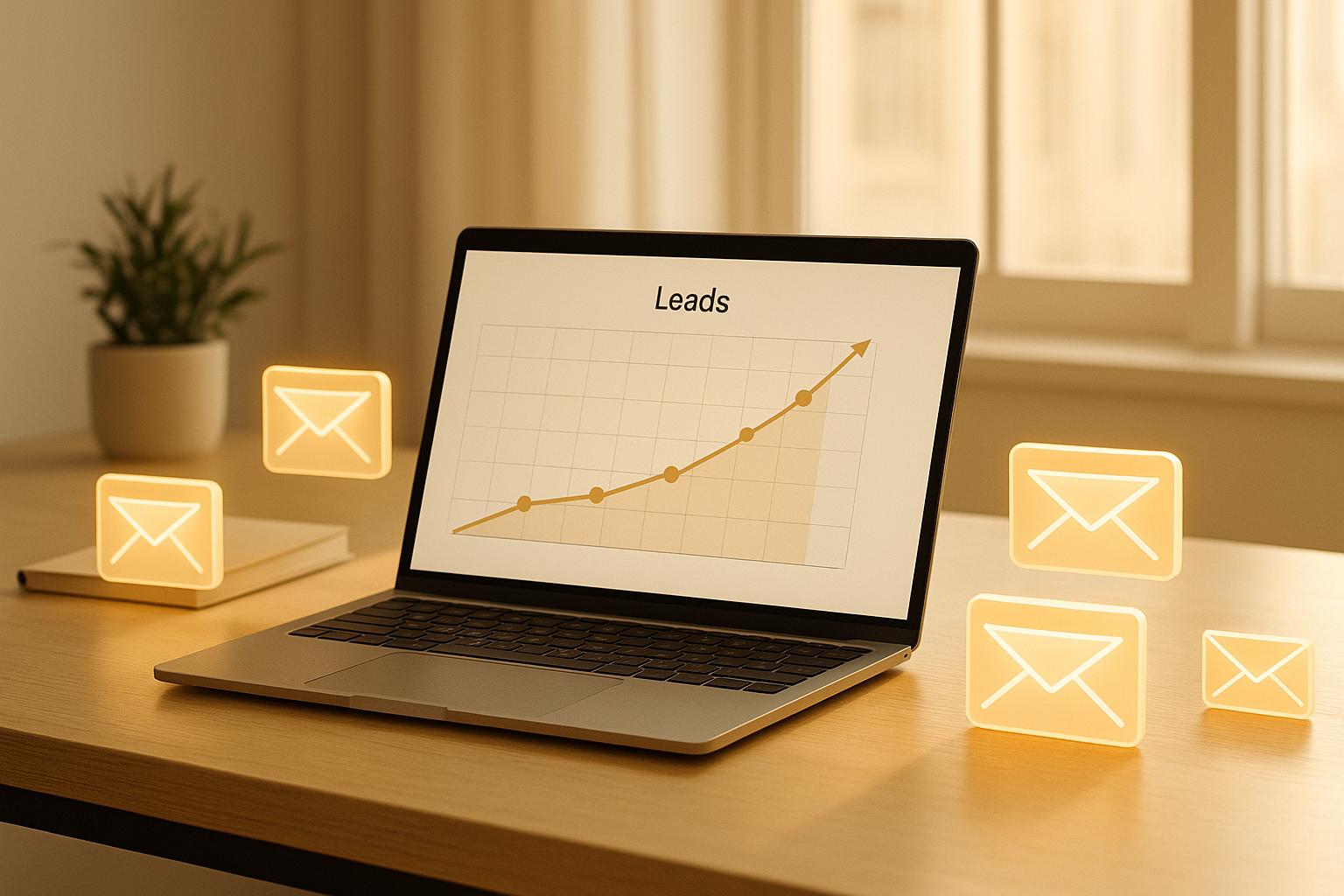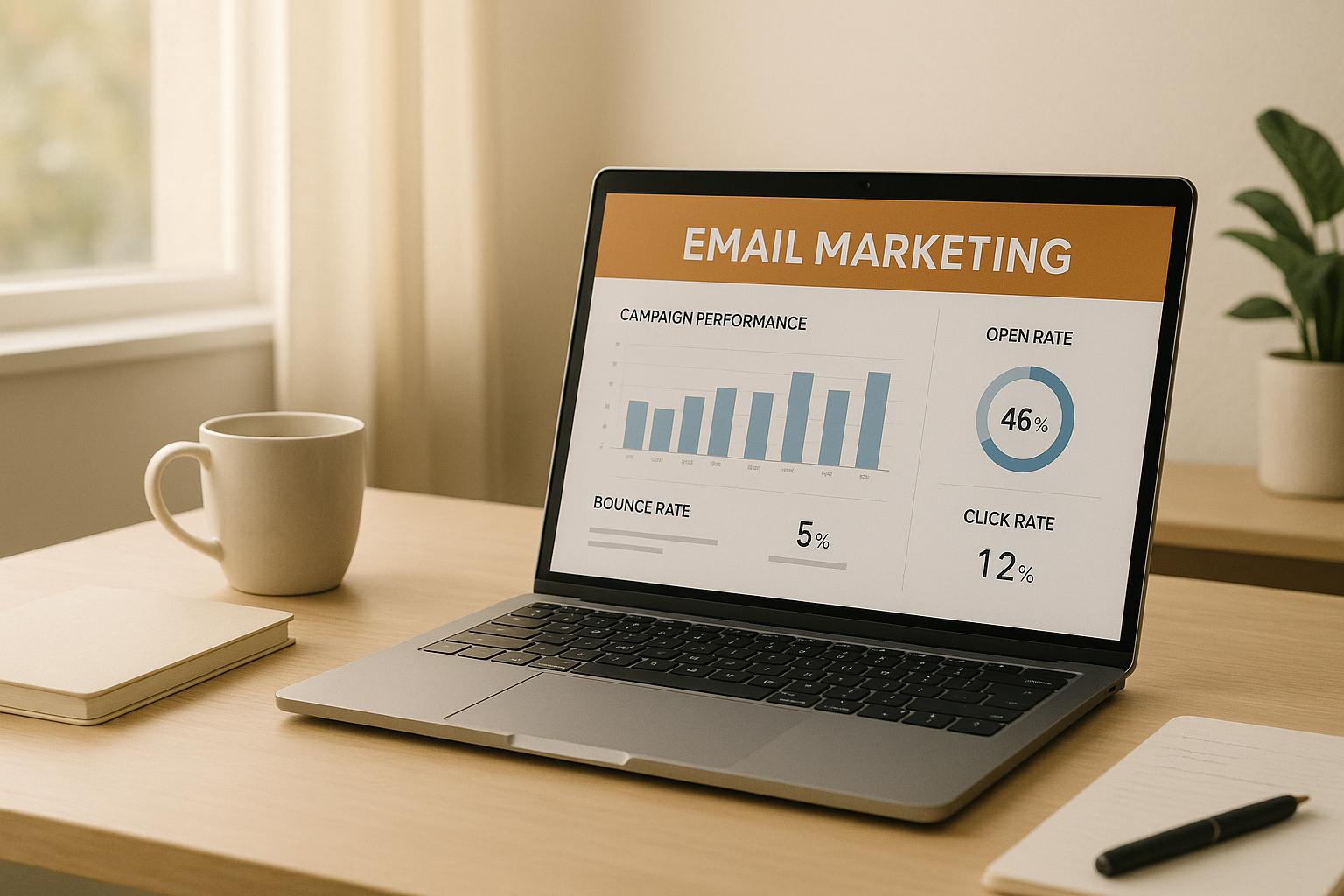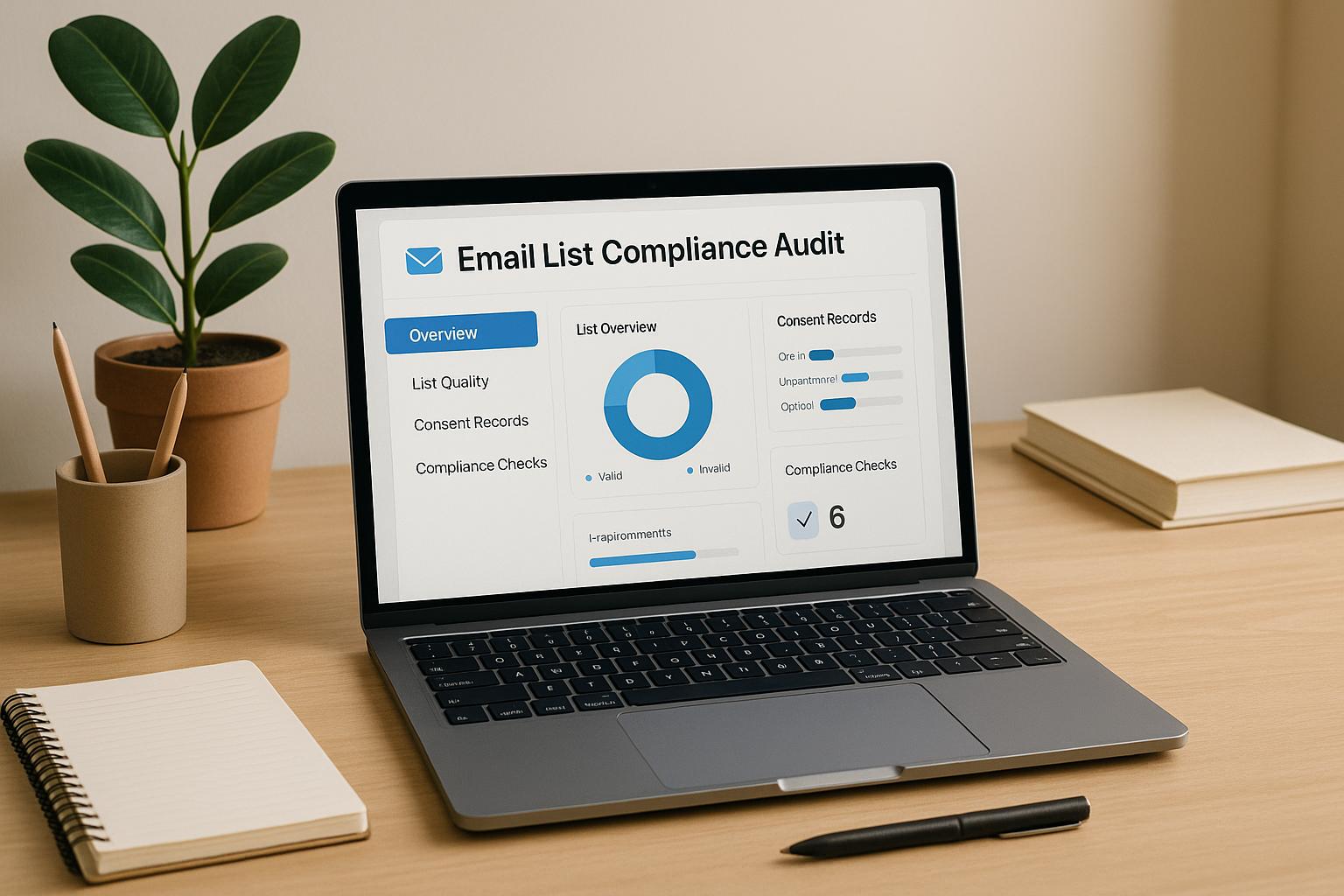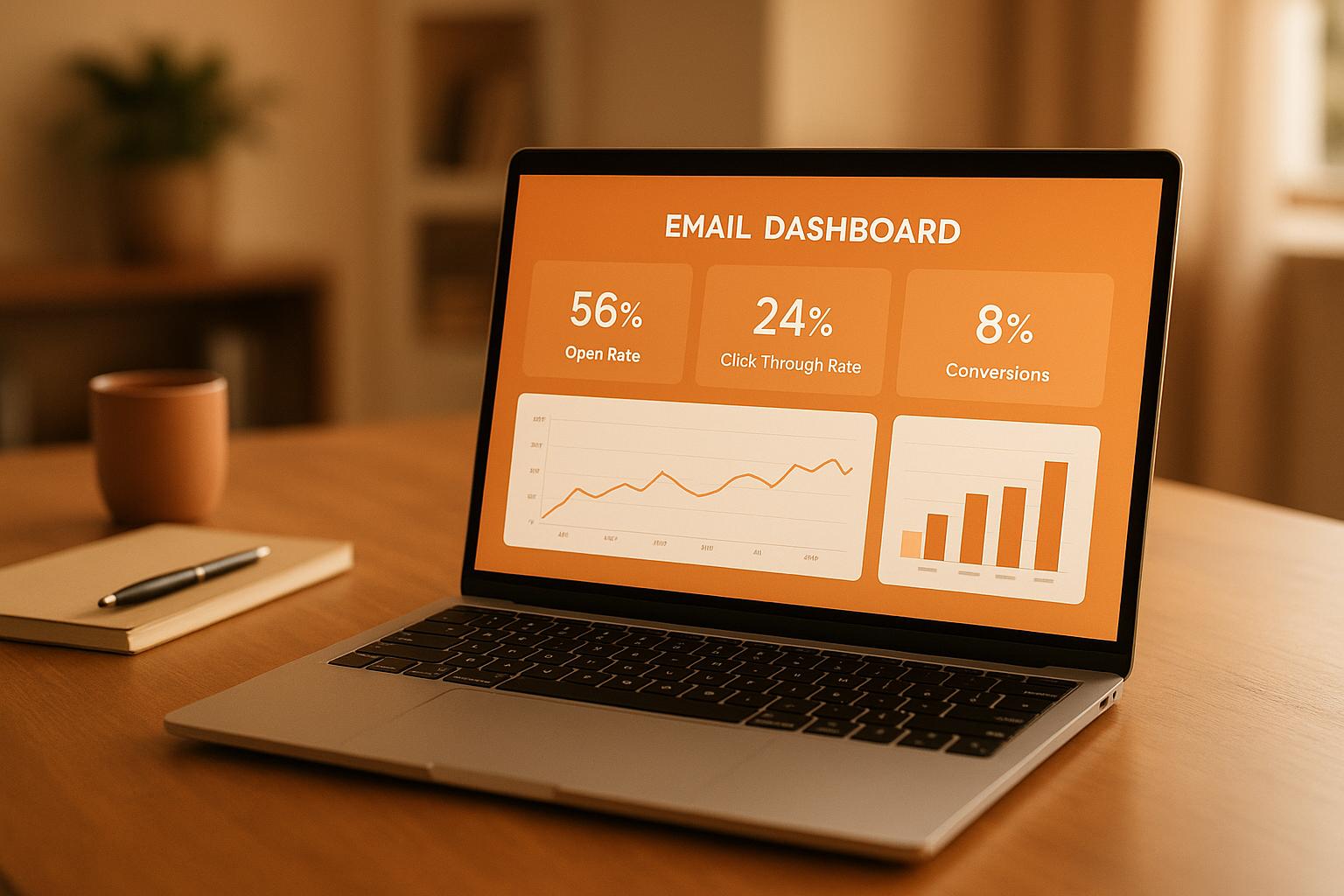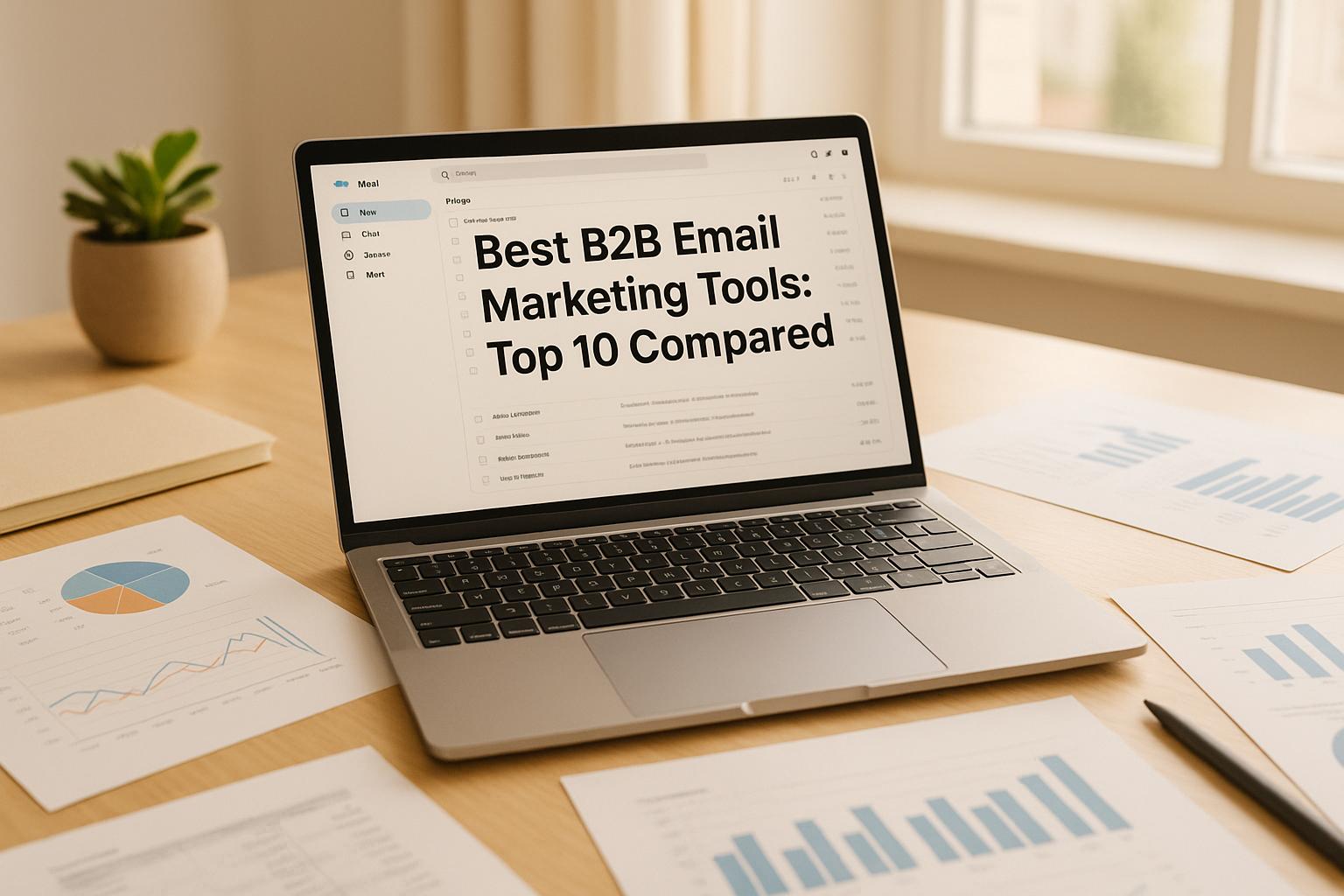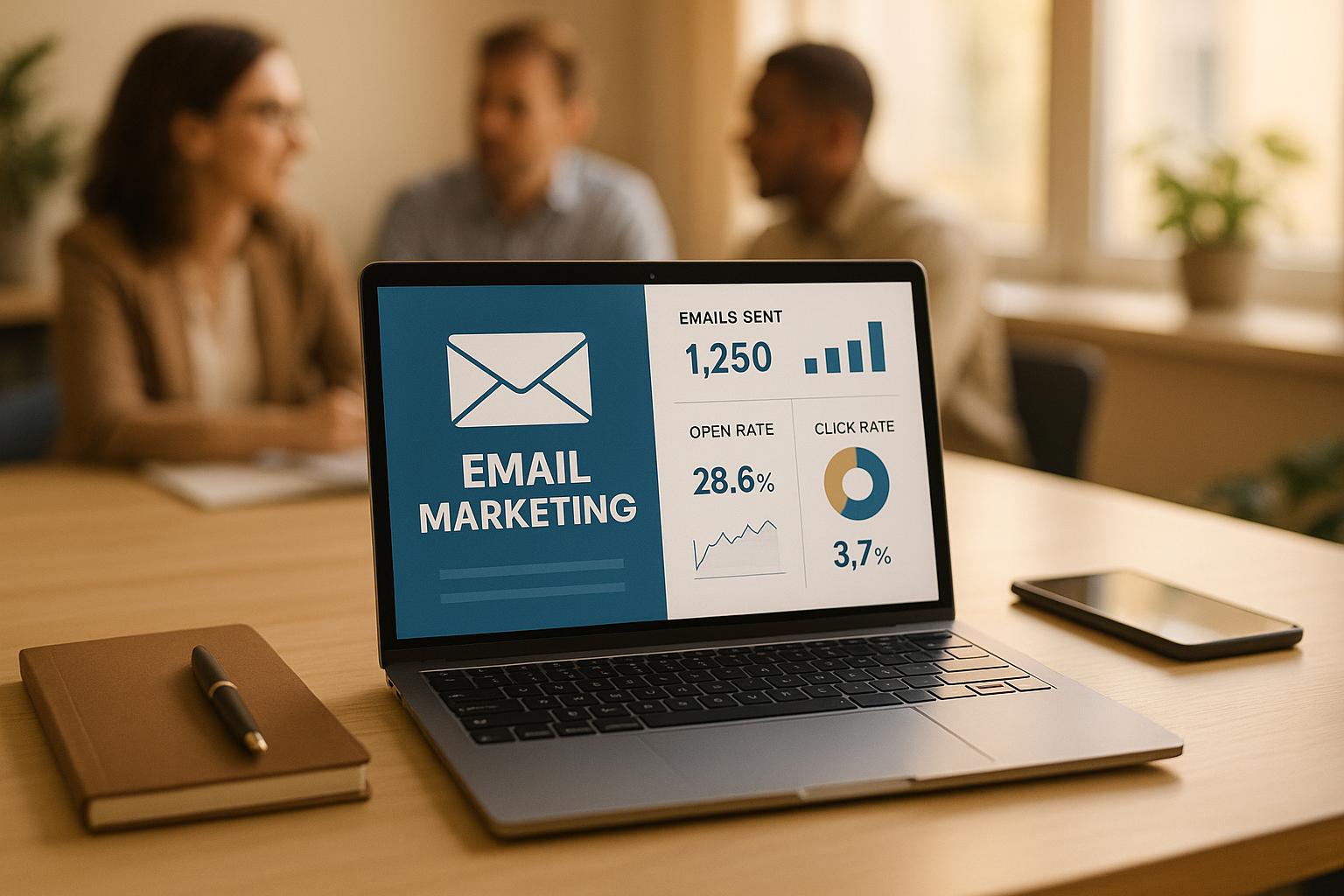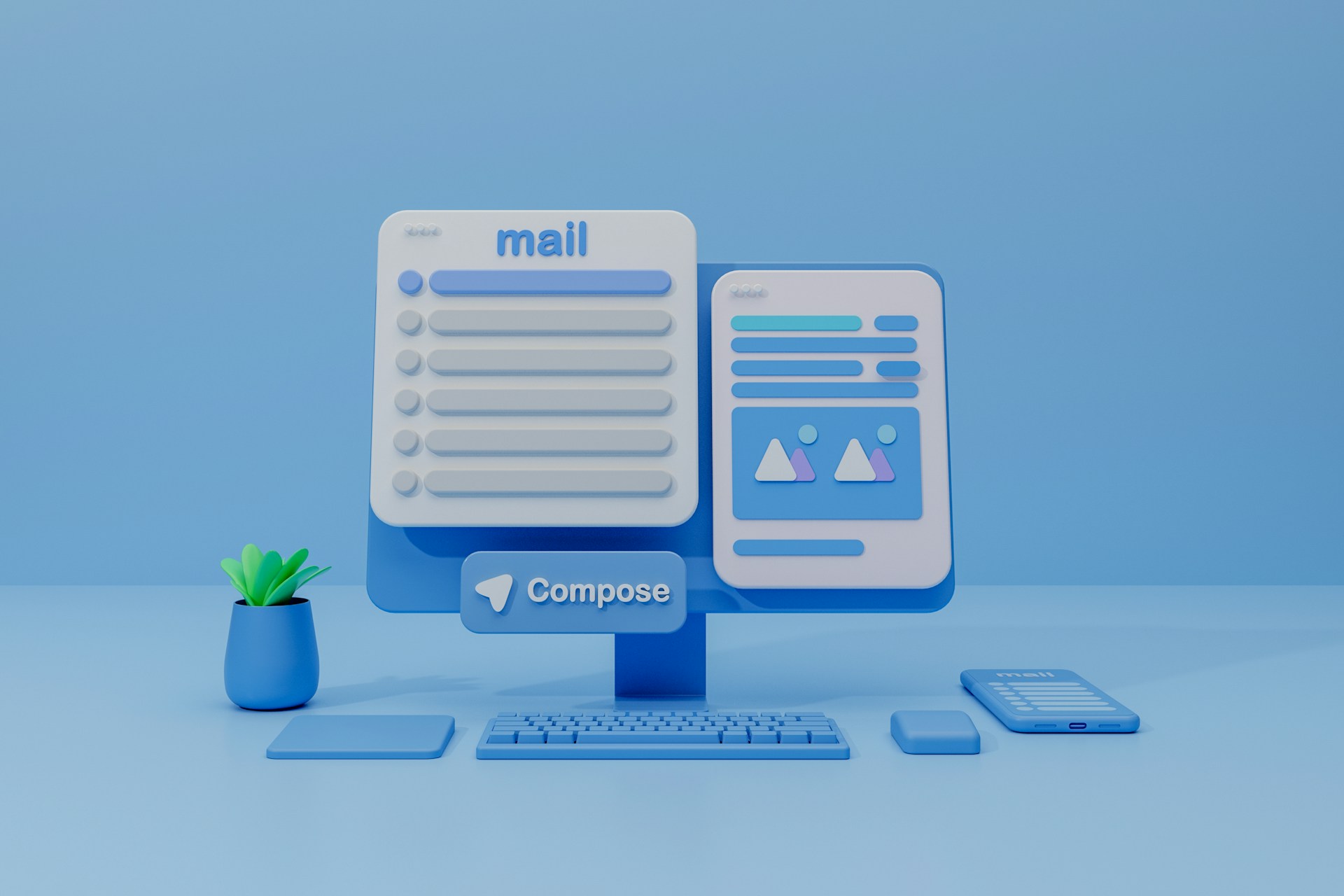Dynamic Content in Email Marketing to Boost Engagement

Dynamic content in email marketing helps you send more relevant, personalized messages that boost engagement. Instead of a single version for everyone, your email adjusts based on who’s reading. Whether it is by job title, behavior, or interests.
This means higher open rates, more clicks, and stronger subscriber relationships. Breaker simplifies sending tailored, high-converting B2B emails and automatically grows the list.
Read on to see how to implement dynamic content the right way, without adding complexity to your workflow.
Understanding Dynamic Content in Email Marketing
Dynamic content changes the emails your subscribers get based on who they are or how they behave. Using different text, images, or offers lets you serve content that fits each reader’s interests or needs. This makes your emails more relevant and helps improve open and click rates.
What Is Dynamic Content?
Dynamic content in emails means parts of your message change depending on specific info about your subscriber, such as their location, purchase history, job title, or where they are in your sales funnel. Instead of sending the same email to everyone, you tailor sections to match each person.
For example, a consultant might see different case studies than a SaaS user. Dynamic content helps you keep your emails personal without creating multiple campaigns manually. It saves time and increases engagement by showing each reader what matters most to them.
Types of Dynamic Content
You can use several types of dynamic content:
- Text blocks: Different headlines or offers depending on the subscriber.
- Images: Show product photos that fit the recipient’s preferences or past clicks.
- Call to action (CTA): Adjust links based on the subscriber’s stage in the buyer journey.
- Special offers: Unique discounts or recommendations tailored by location or purchase data.
You can design emails that feel one-to-one with these types. Trusted platforms automate content changes based on data.
How Dynamic Content Differs from Static Content
Static content is the same for every person who gets your email. It’s simple but less effective because it doesn’t consider who your reader is. Everyone sees identical messages, which often means lower engagement and click-through rates.
Dynamic content customizes parts of the email automatically. It uses rules or data triggers to decide what each subscriber should get. This creates a more personal experience and boosts results. While static content is easy to set up, you risk losing potential leads without dynamic personalization, especially in B2B newsletter growth.
Benefits of Using Dynamic Content
Dynamic content tailors your emails to each subscriber, making your messages more relevant. This approach can boost how many people open your emails, engage with your offers, and take action. It helps you speak directly to your audience’s needs and interests without sending separate campaigns.
Personalization and Customer Engagement
With dynamic content, your emails change based on who is reading them. You can display different images, messages, or offers based on customer data such as industry or past behavior location. This makes your subscribers feel understood and valued.
Personalized emails get more attention because they match what the reader cares about. For example, a SaaS team might see a demo invite, while a consultant receives a case study. This targeted approach increases engagement, such as clicking links or replying.
Automation platforms can help you set this up easily. Add personalized sections easily while focusing on growing your list and creating excellent content.
Improved Conversion Rates
Dynamic content helps convert readers into customers by delivering the right message at the right time. If you display offers or calls to action that fit each subscriber’s situation, they are more likely to respond. For example, a newsletter subscriber interested in lead generation may get a guide, while others see a webinar invite.
This targeted approach removes distractions and highlights what’s valuable for each person. Emails with dynamic content can see conversion increases of 20-30%. You save time and money by sending fewer irrelevant emails and generating more qualified leads.
Platforms designed for B2B growth help your campaigns focus on actions that matter. You get better ROI because your emails feel purposeful and useful to your audience.
Higher Email Open Rates
Dynamic content can raise your email open rates by making your subject lines and preview texts more appealing. If you customize these based on subscriber info, your emails look more relevant in crowded inboxes.
Personalized subject lines can increase open rates by up to 26%. When people see that your email is designed just for them, they’re more curious to open it. This effect is especially strong in B2B marketing, where professionals receive many messages daily.
Combine dynamic content with smart list segmentation and real-time data to keep open rates high. You always send emails that fit your subscribers’ current interests and needs, helping your newsletter cut through the noise.
Best Practices for Implementing Dynamic Content
To use dynamic content well, follow clear steps that make your emails feel personal and work on any device. Get your audience right, test what works, and ensure your emails look good on phones.
Segmenting Your Audience
Start by dividing your list into clear groups based on behavior, job title, industry, or past engagement. This helps you send content that matches what each group cares about. For example, if you run a B2B newsletter, you might segment by role, so product managers get different offers than marketers.
Use data you already have, like open rates or clicks, to refine segments regularly. This way, your emails remain relevant as subscriber interests change.
A/B Testing for Dynamic Elements
Test different parts of your dynamic content to see which gets better responses. Try changing headlines, images, or calls to action for different groups. Send two email versions—one with a product tip, one with a case study—to small test groups, then select the winner.
Change only one element at a time, so you know what caused the change in results. Look at metrics like open rates, click-through rates, and conversions to decide what works best for your audience.
Ensuring Mobile Responsiveness
Most people read emails on their phones, so your dynamic content must look great on small screens. Use simple layouts that adjust easily. Avoid wide tables or too many images side by side.
Test your emails on different devices before sending. Make buttons easy to tap and text easy to read without zooming. A top platform ensures your emails stay responsive so your message stays clear and engaging, no matter the screen size.
Tools and Technologies for Dynamic Emails
To create dynamic emails, use platforms and tools that let you customize content based on your audience. These tools often include drag-and-drop editors, segmentation features, and automation. You’ll also want integration options that connect your email platform with other software to keep your data fresh and targeted.
Popular Email Marketing Platforms
Some platforms excel at dynamic content by letting you personalize blocks of text or images depending on subscriber data. You can tailor emails by location, industry, job title, or past behavior. Look for features like:
- Conditional content blocks
- Real-time updates (like countdown timers or product availability)
- A/B testing to refine messages and increase open rates
- Easy user interface for quick edits without coding
Look for a platform that helps you grow your B2B subscriber list while automating content adjustments. This saves time and improves relevance, which helps boost engagement. Choose platforms that prioritize deliverability and handle list cleaning automatically.
Automation and Integration Options
Dynamic emails work best when connected to other tools like CRMs, analytics, and e-commerce systems. This ensures your messages reflect real-time data, such as recent purchases or new form submissions. Key automation and integrations include:
- API connections to sync customer info instantly
- Trigger-based emails that respond to actions (e.g., sign-ups or downloads)
- Workflows that adjust message frequency or content based on subscriber behavior
- Reporting tools to track which dynamic elements perform best
Set up these integrations to reduce manual work and improve targeting accuracy. Whether you’re a consultant, agency owner, or product team, combining automation with dynamic content makes your email marketing smarter and more efficient.
Challenges and Solutions for Dynamic Content
Dynamic content in emails helps you target subscribers better, but you need to manage some challenges carefully. These include handling sensitive data and making sure your messages don’t feel too personal or intrusive.
Data Privacy Concerns
When you use dynamic content, you rely on subscriber data like behavior, preferences, or demographics. This raises privacy risks. You must follow data protection laws like GDPR or CCPA.
Always get clear consent from subscribers before collecting or using their info. Limit the data you collect to only what’s necessary. Regularly clean and secure your data to prevent leaks or misuse.
Privacy-focused tools or platforms help you automate compliance while still delivering personalized emails. This keeps trust high and engagement steady.
Avoiding Over-Personalization
Too much personalization can feel invasive. If your email content gets too specific, subscribers might worry about how you got that information. This can cause them to unsubscribe or ignore future emails.
Stick to safe data points like job title, industry, or company size instead of very private details. Use dynamic content to enhance the message, not dominate it. For example, swap a simple company name rather than mentioning recent purchases or exact behavior.
Test your emails regularly to check if personalization improves engagement without causing discomfort. Keep your tone professional and respectful to build long-term relationships with your audience.
Make Every Email Count with Dynamic Content
Dynamic content turns generic emails into relevant, high-impact messages. Tailoring emails to subscribers' behavior, role, or interests boosts engagement, conversions, and trust.
Breaker helps B2B marketers put this into action—automating list growth and delivering personalized content without extra effort.
Start growing your list today with smarter leads.
Frequently Asked Questions
Dynamic content helps you send smarter, more relevant emails that match each subscriber’s interests and behavior.
How can I personalize emails using dynamic content?
You personalize emails by swapping out text, images, or offers based on data like location, job title, or past purchases. This makes each email feel unique and directly relevant to the reader.
What tools can I use to implement dynamic content in my email campaigns?
Many email platforms support dynamic content, including Breaker, which automates personalization and segmentation for B2B newsletters. These tools help you build targeted lists and swap content without coding.
Are there any best practices for designing dynamic email templates?
Keep your templates flexible and simple. Use placeholders tied to subscriber data, test variations thoroughly, and ensure mobile compatibility. Clear calls to action tailored to each segment increase response rates.
What kind of subscriber data is essential for creating effective dynamic content?
Collect basics like name, company, job role, and location. Also, track behaviors such as email clicks, website visits, or past purchases. This data lets you create relevant content that speaks to your audience’s needs.
Can dynamic content in emails be used to improve customer engagement?
Yes. Emails that match subscriber interests tend to get higher open and click rates. Dynamic content keeps your messages fresh and personally useful, encouraging readers to take action.
What are the most innovative ways to use dynamic content in email marketing?
Use real-time data like weather, event reminders, or stock updates. Personalize product recommendations based on browsing history. Trigger emails linked to user milestones and company news to keep your emails timely and valuable.


